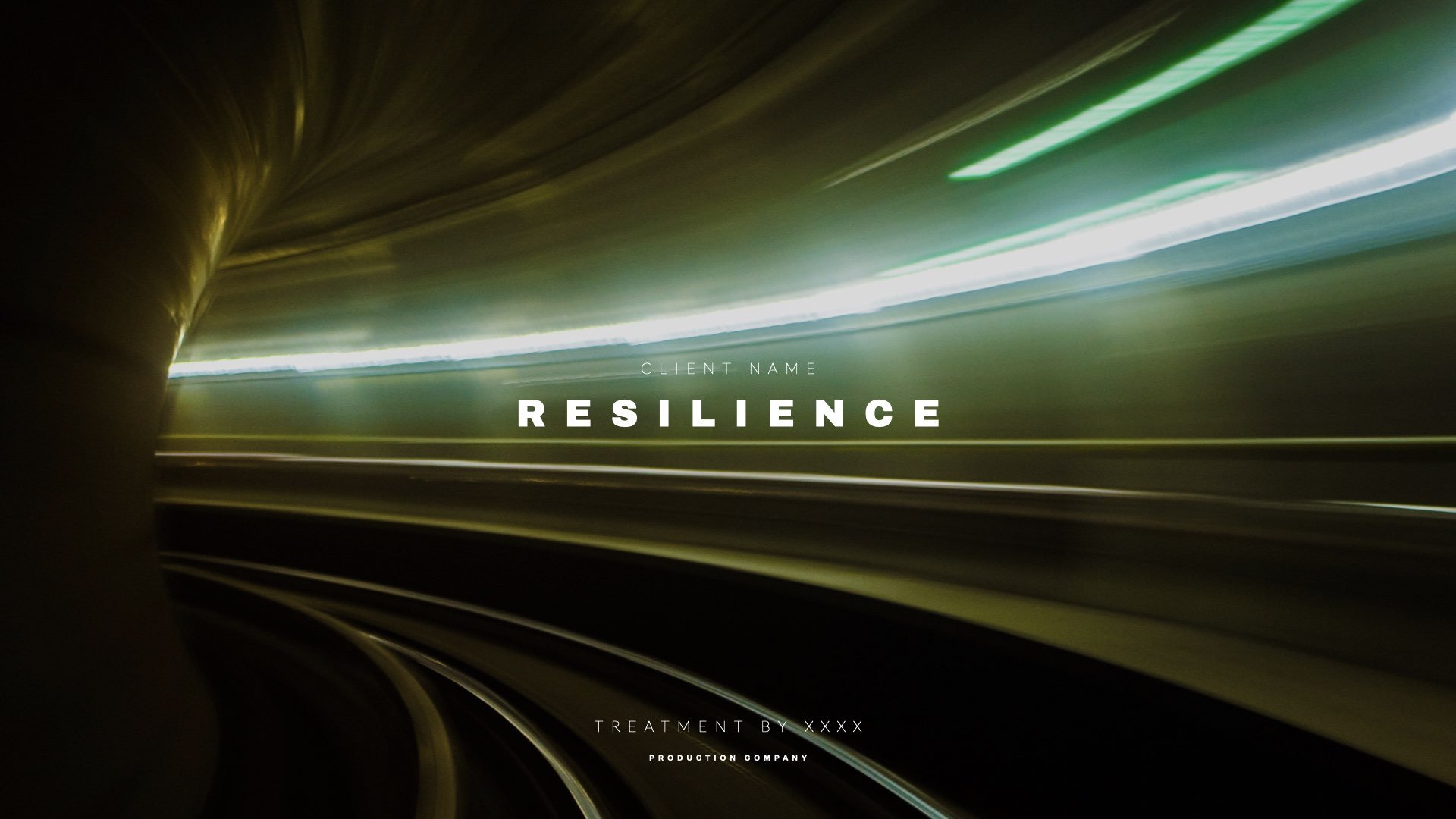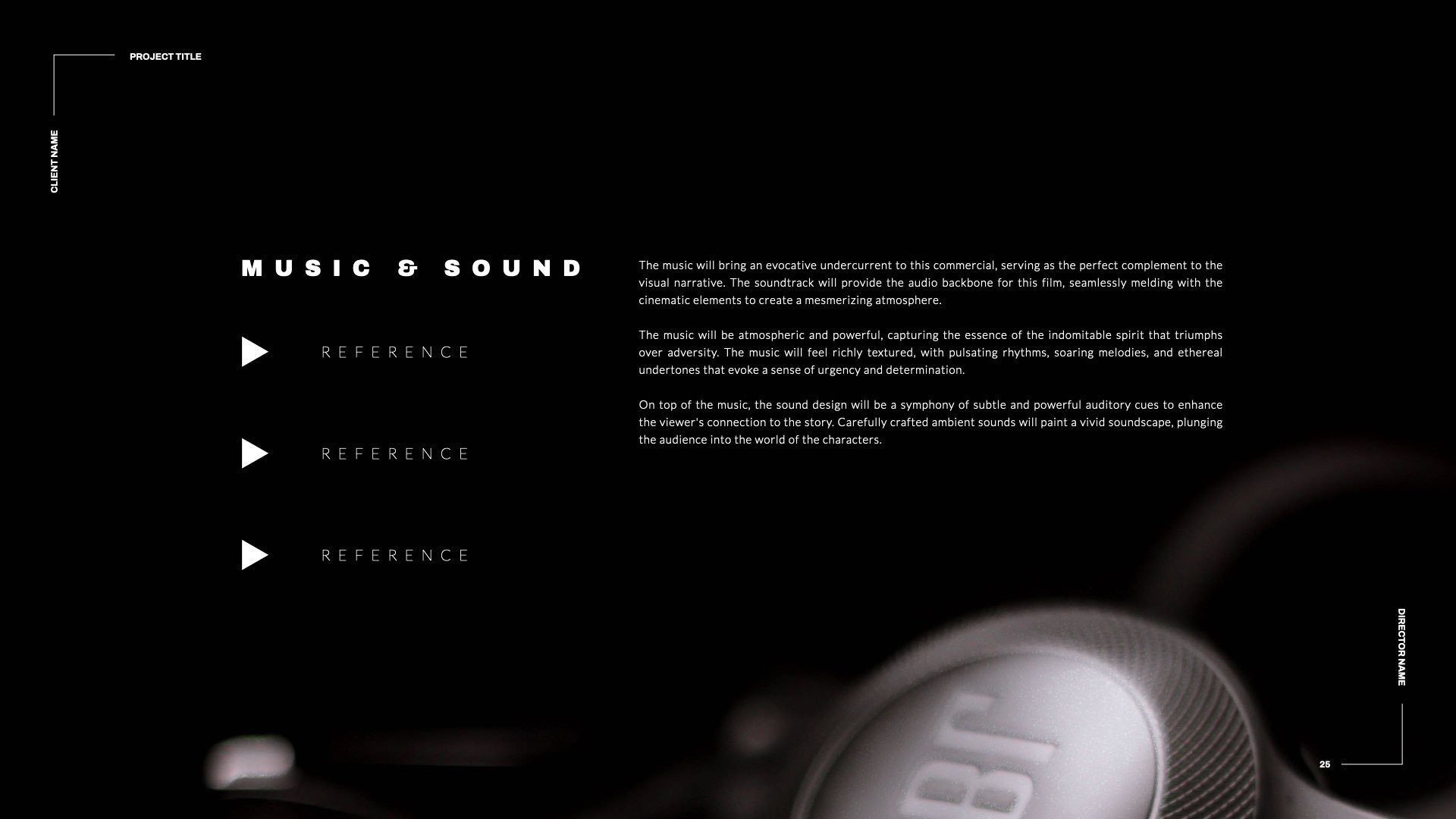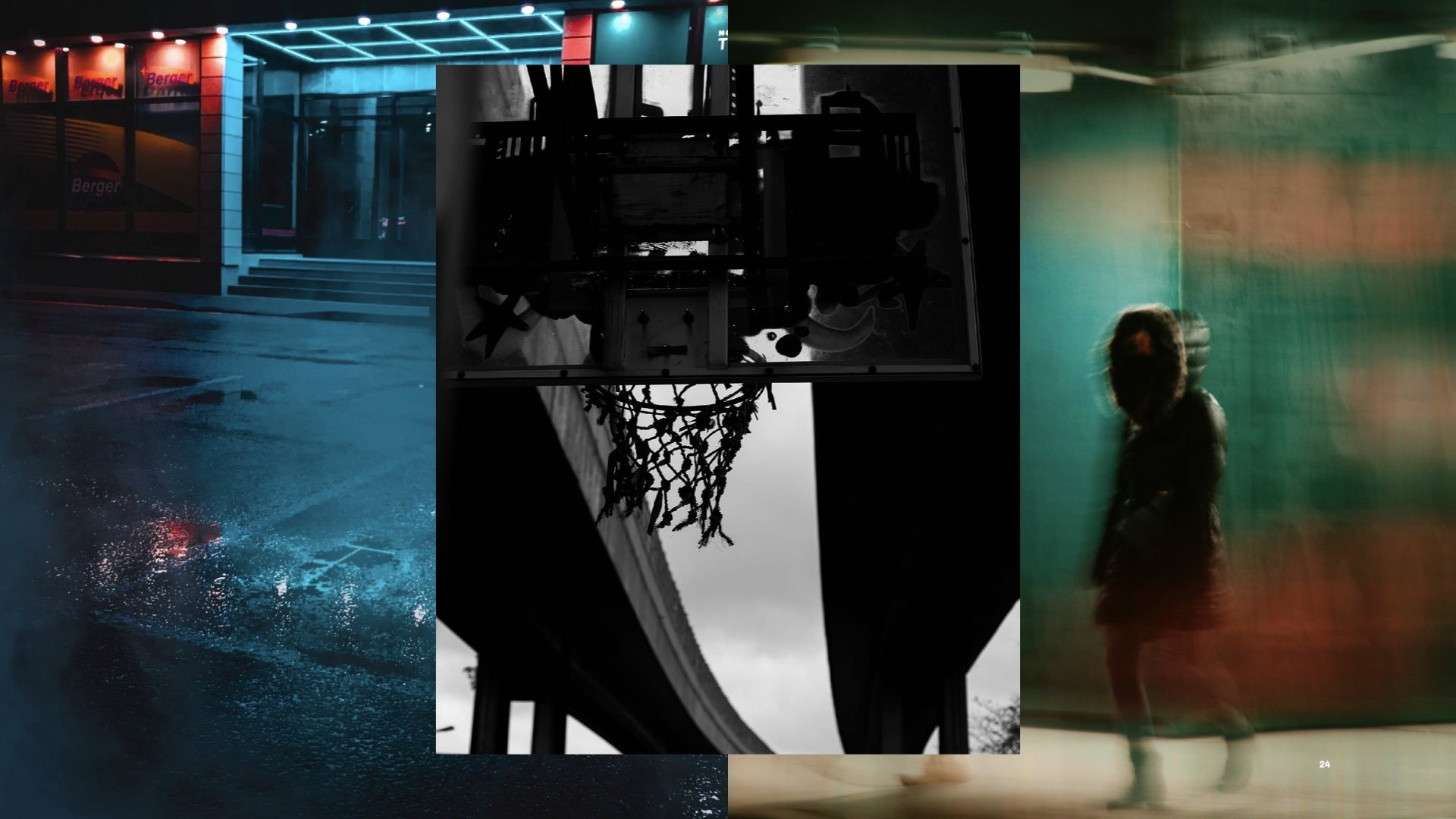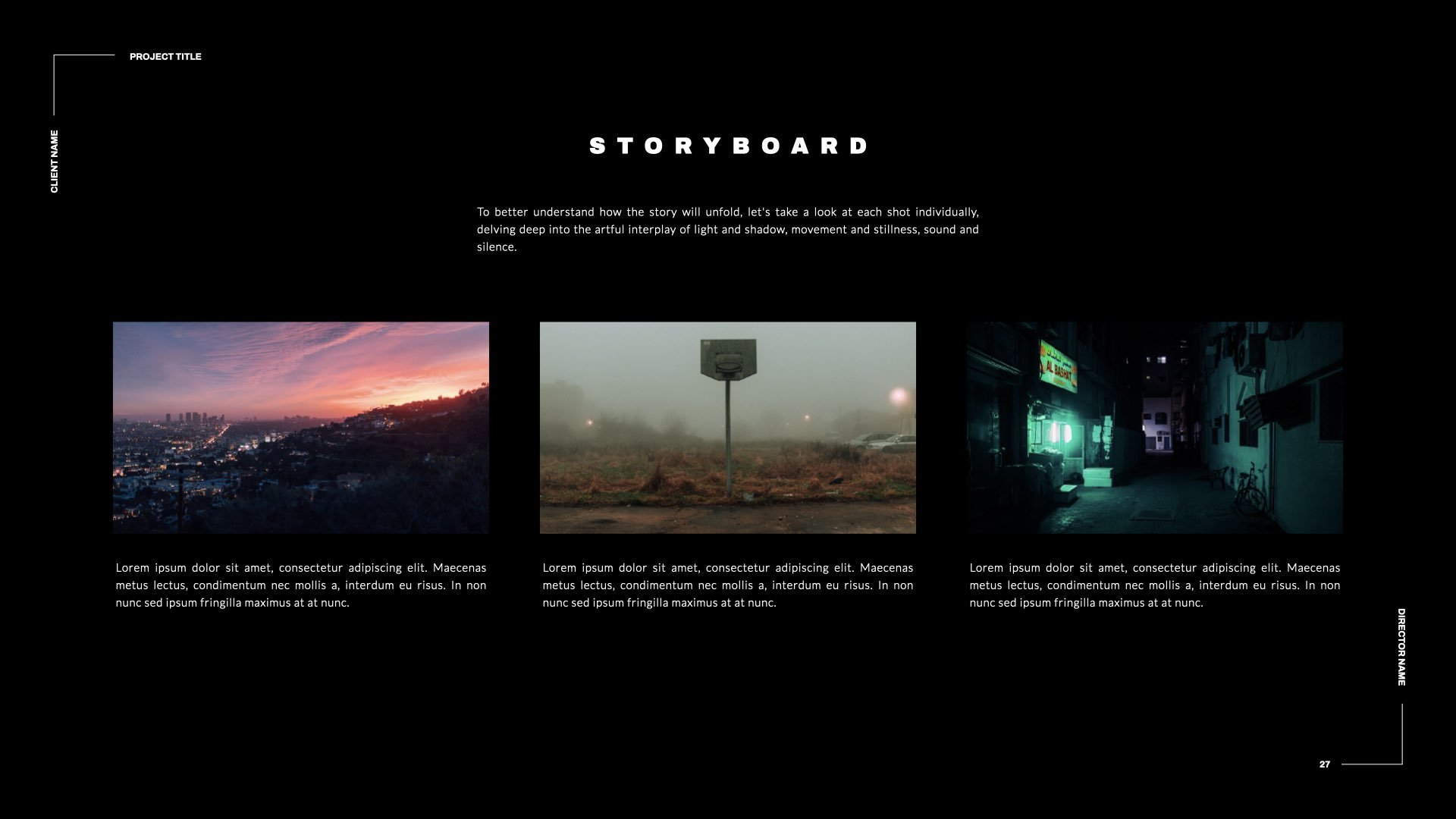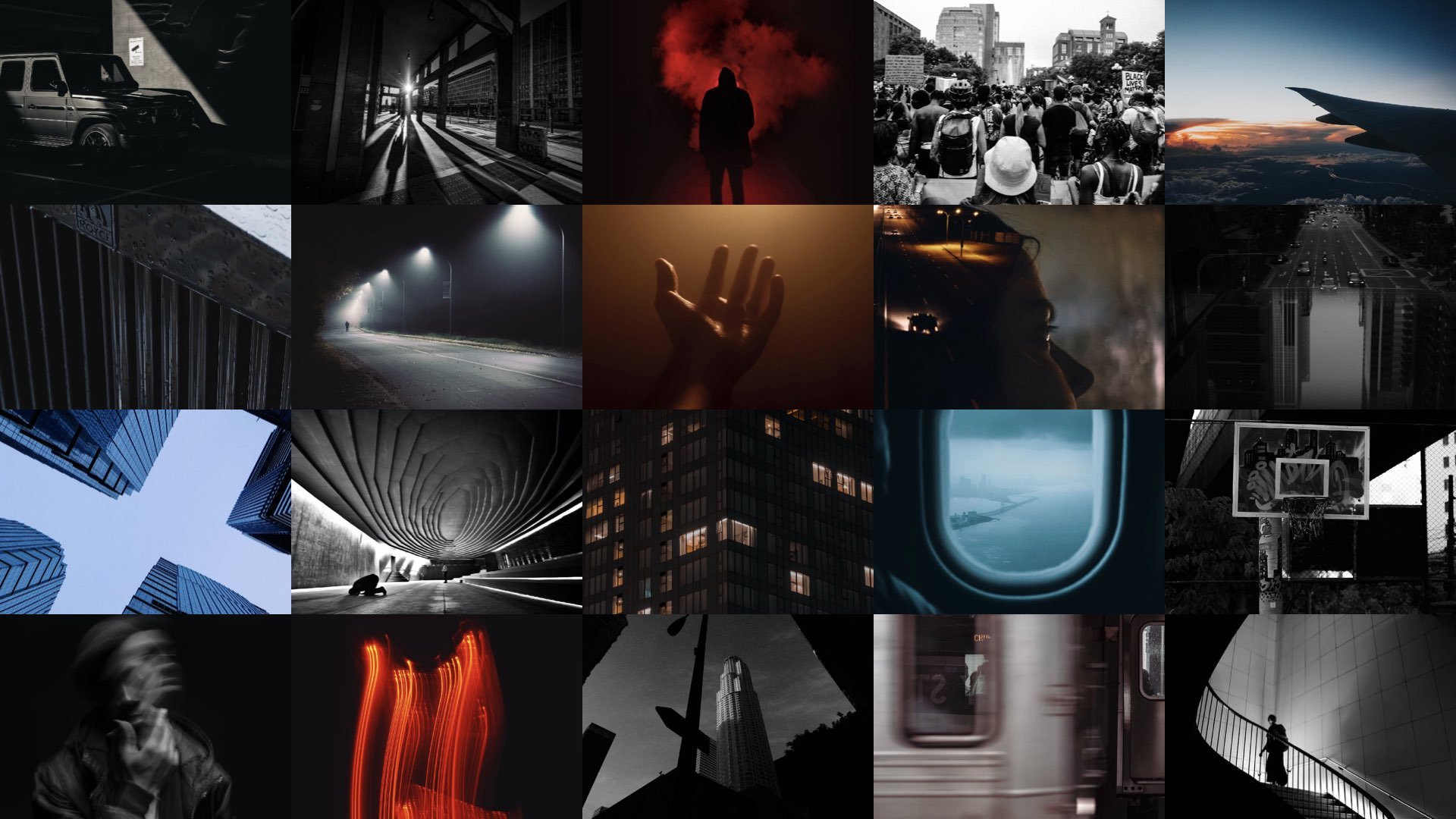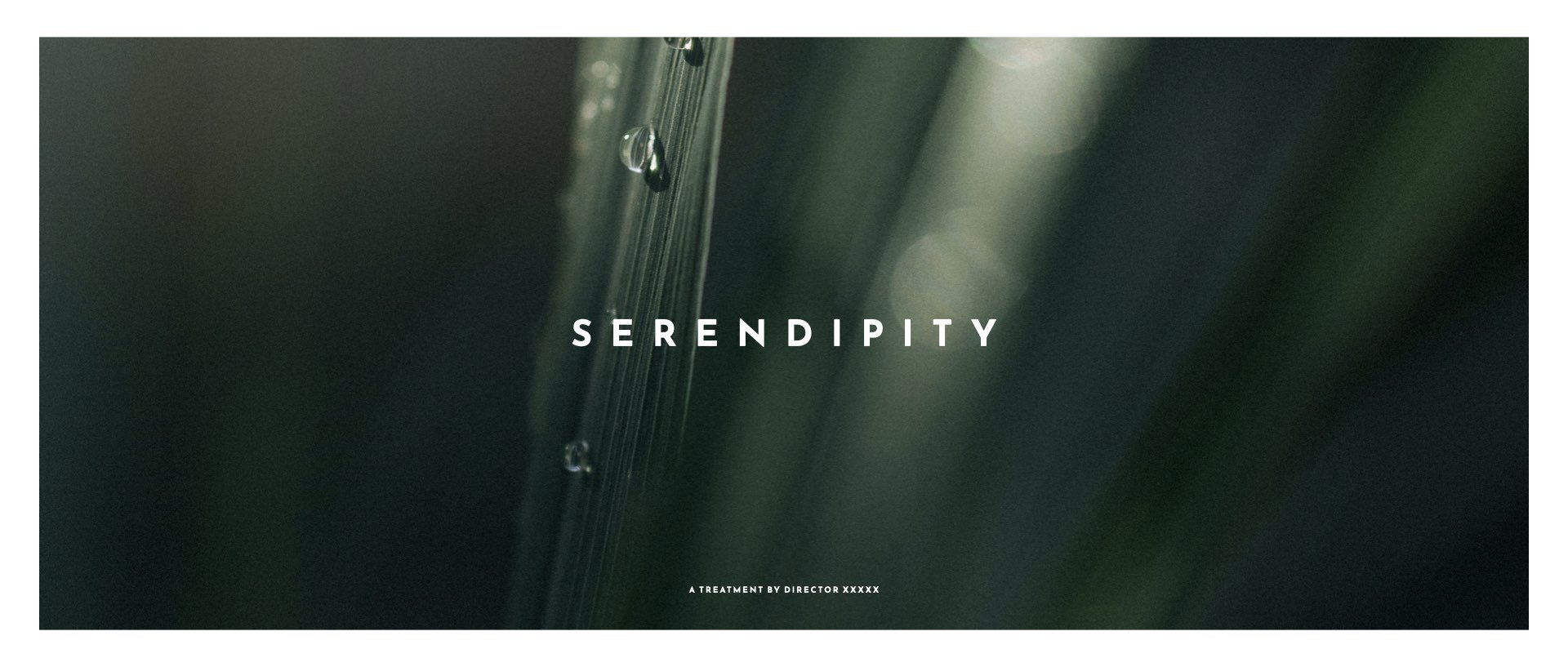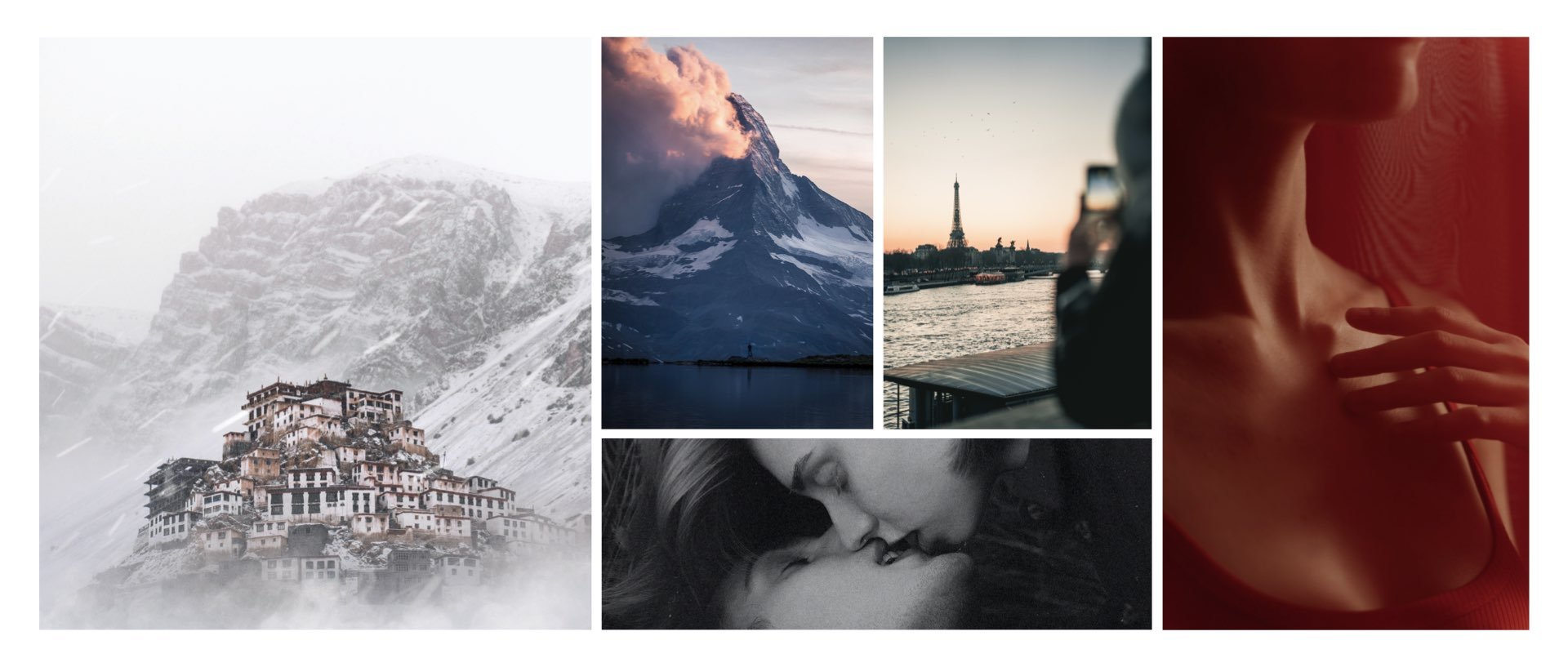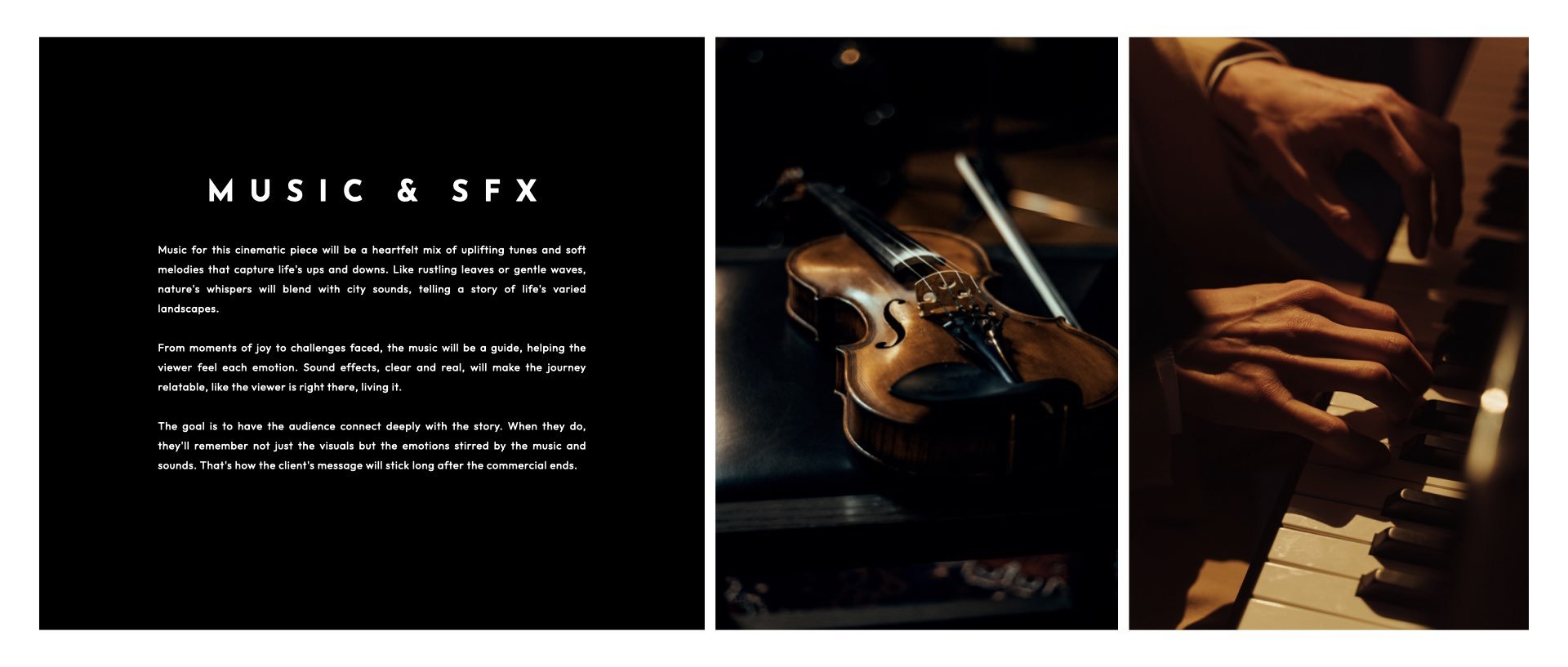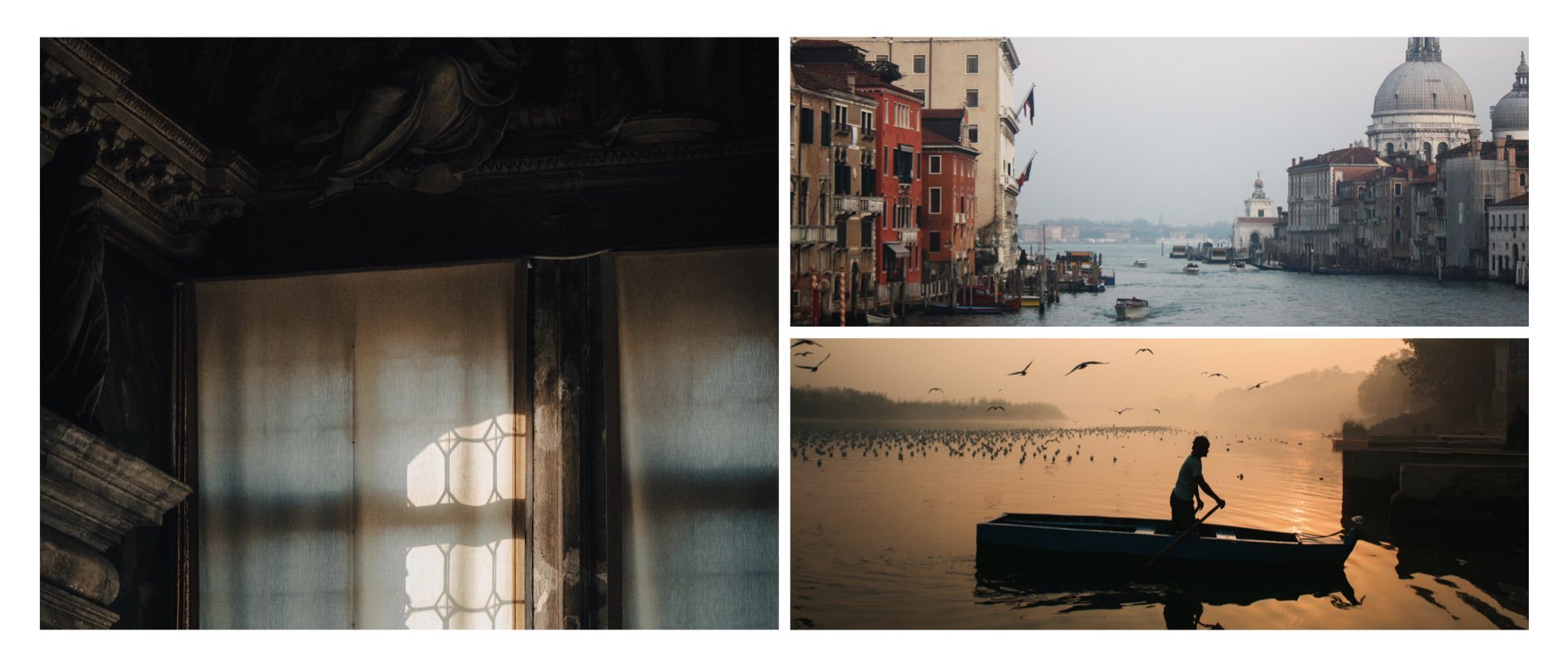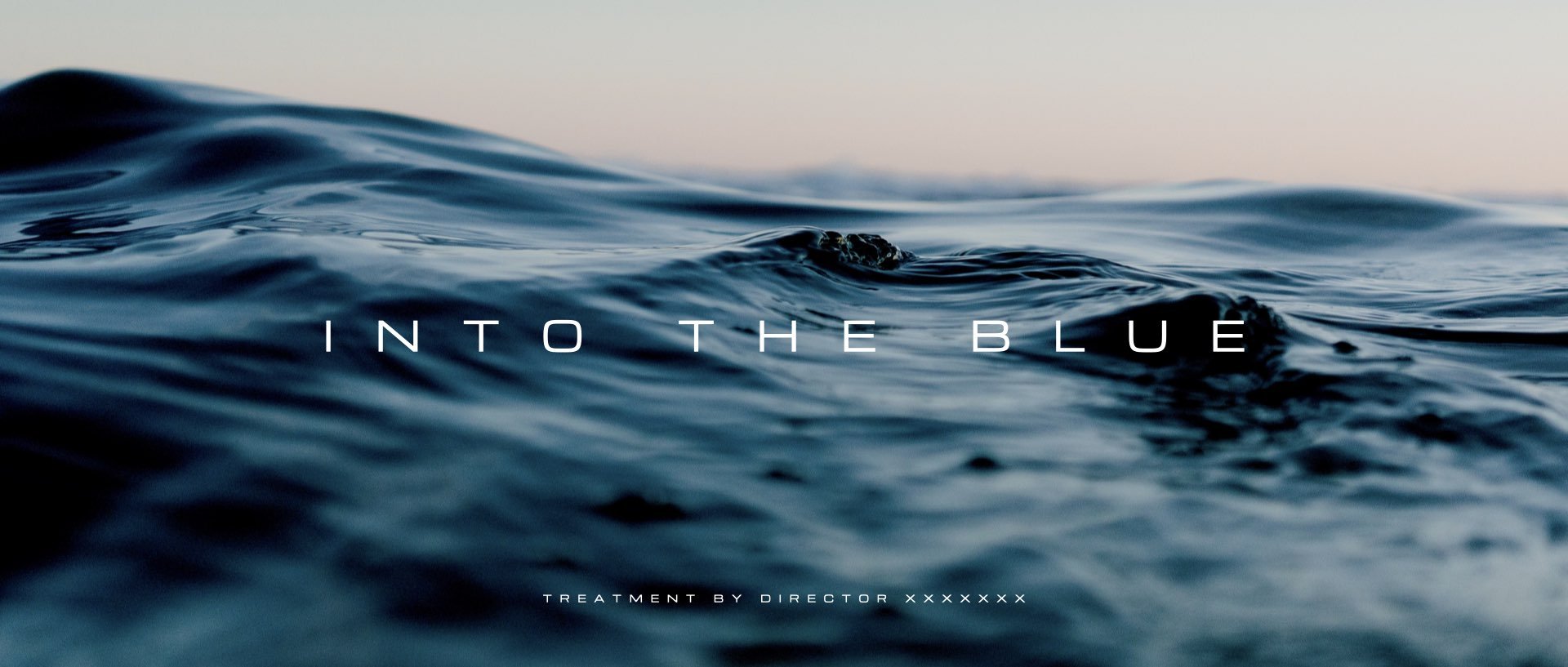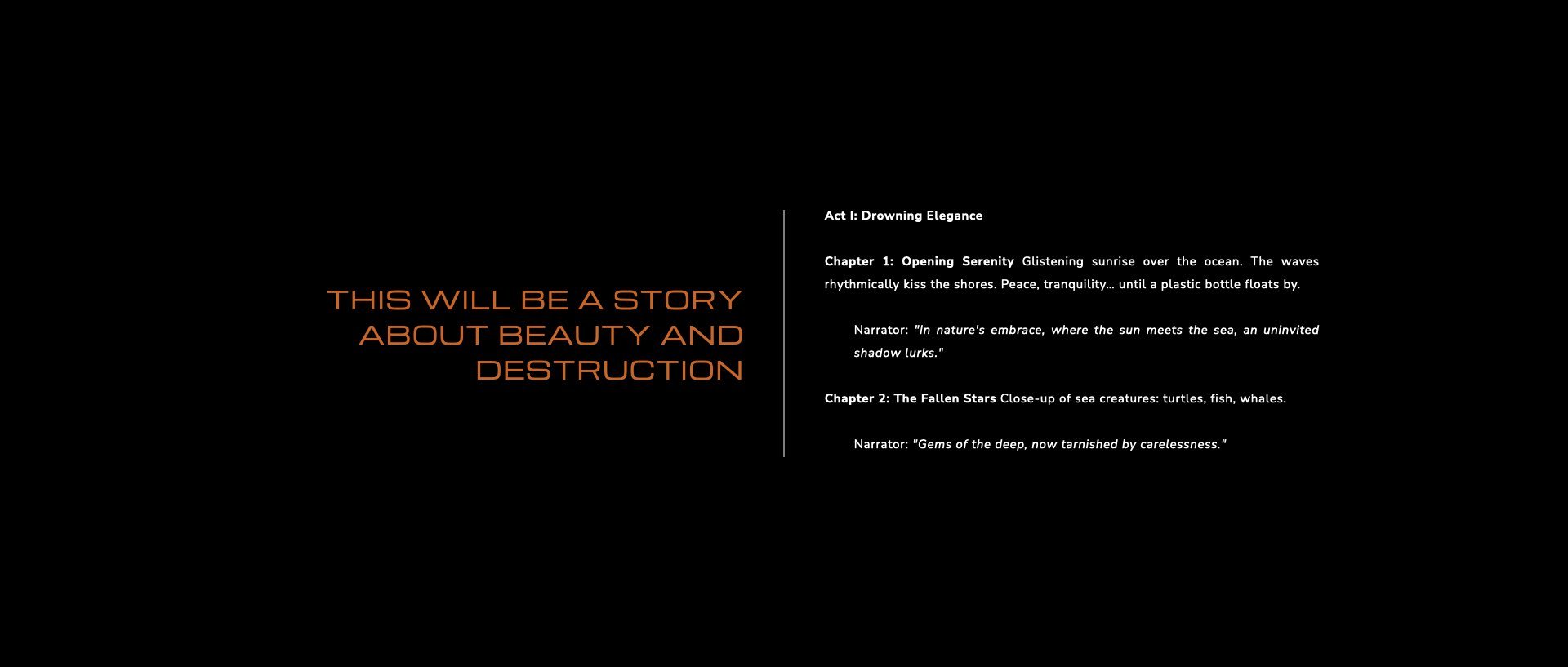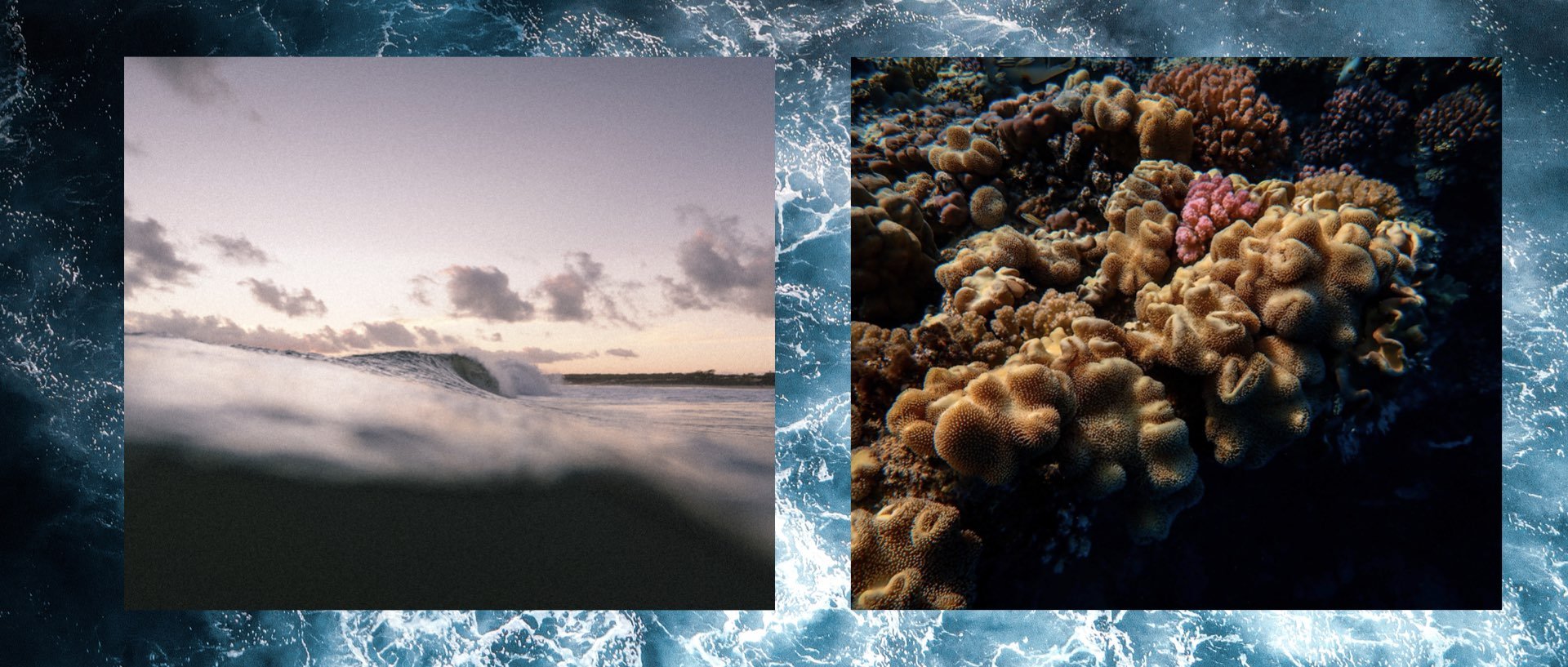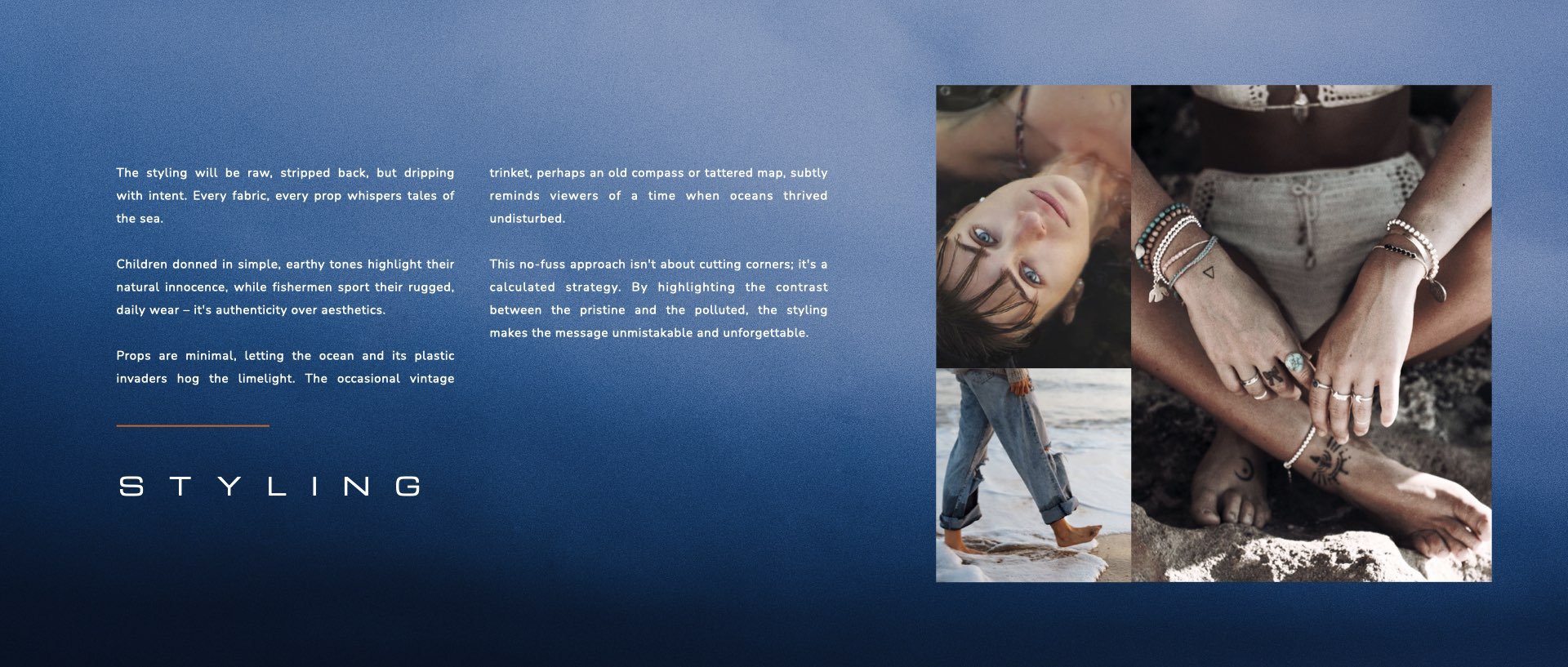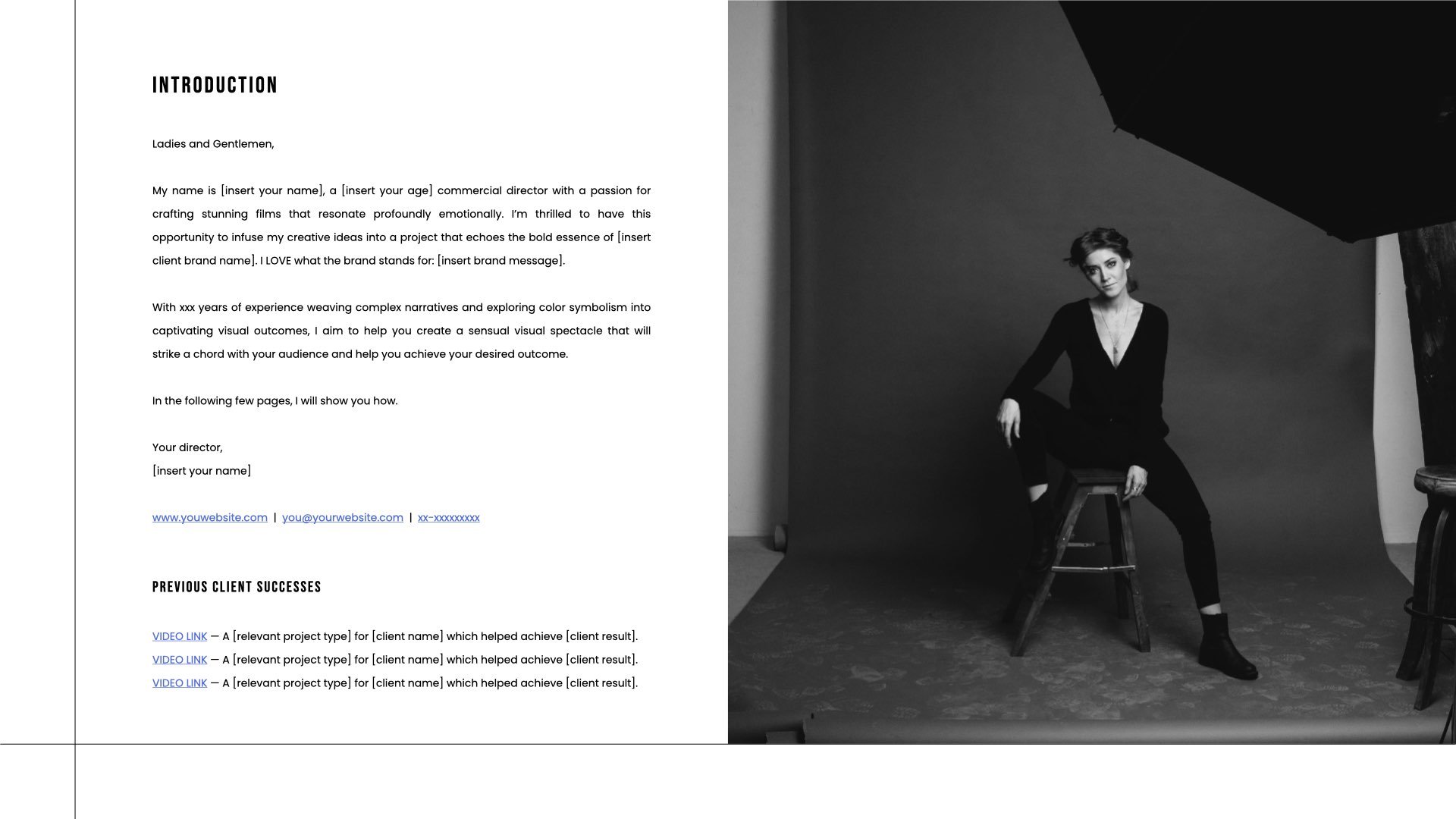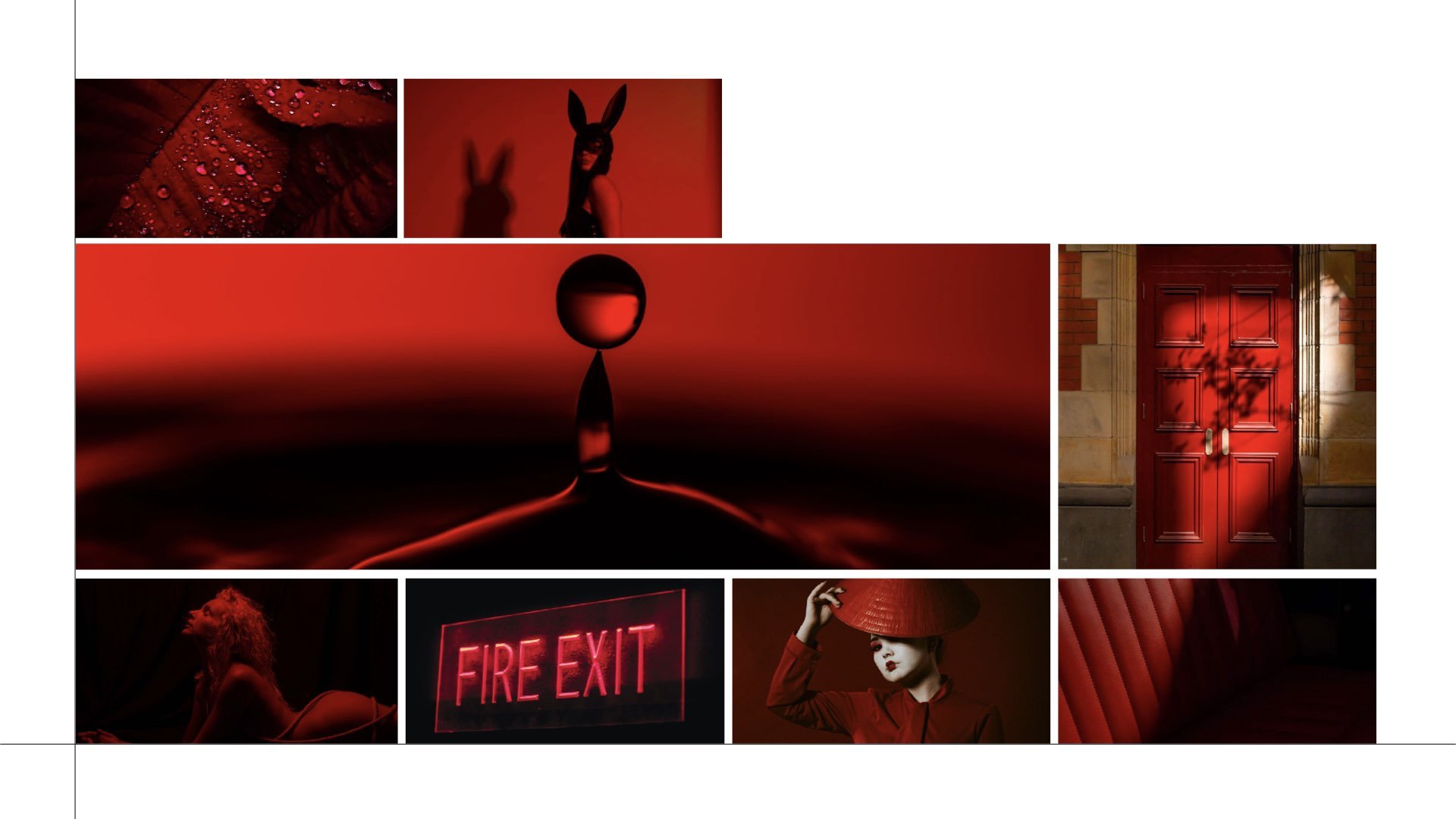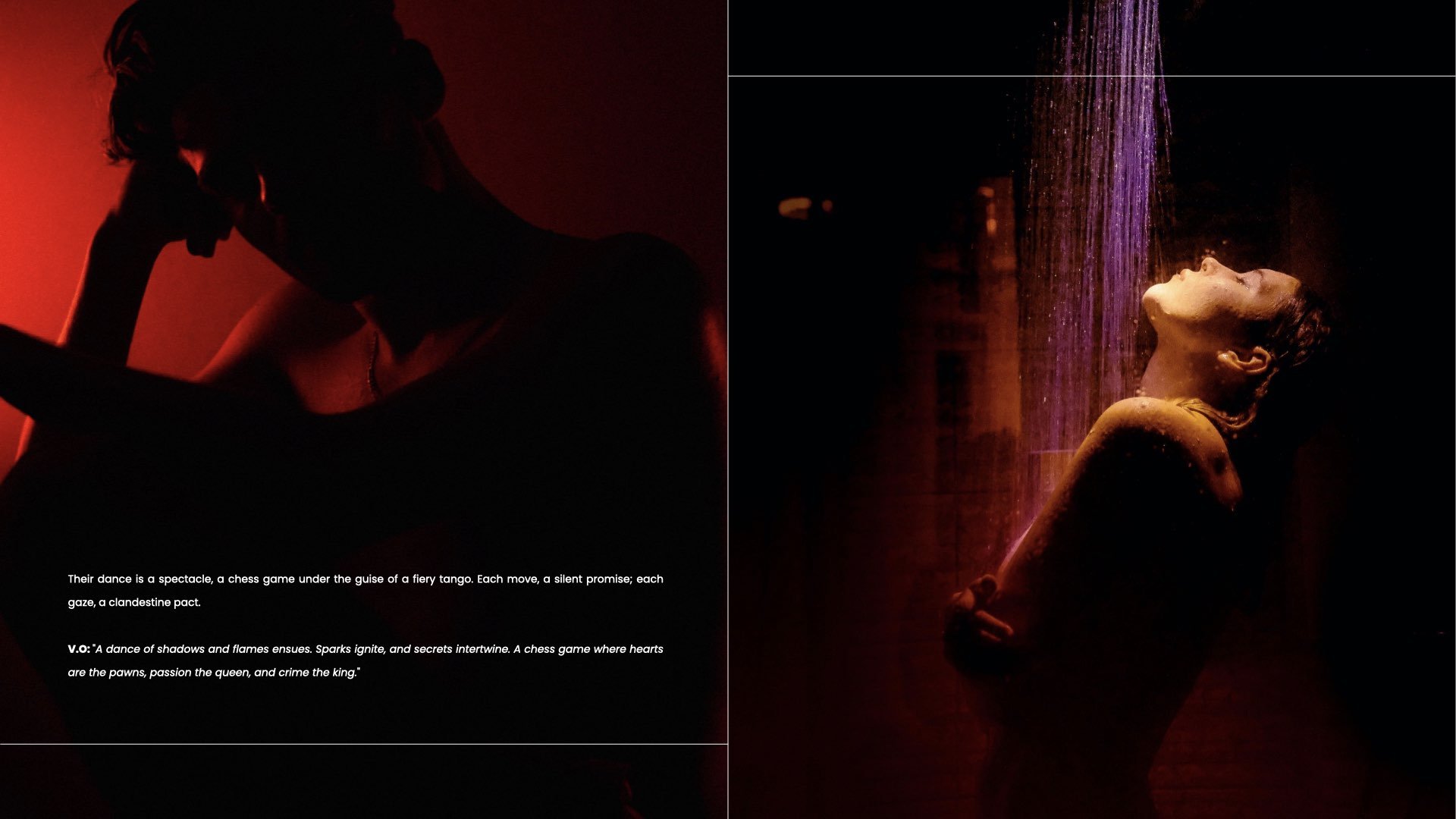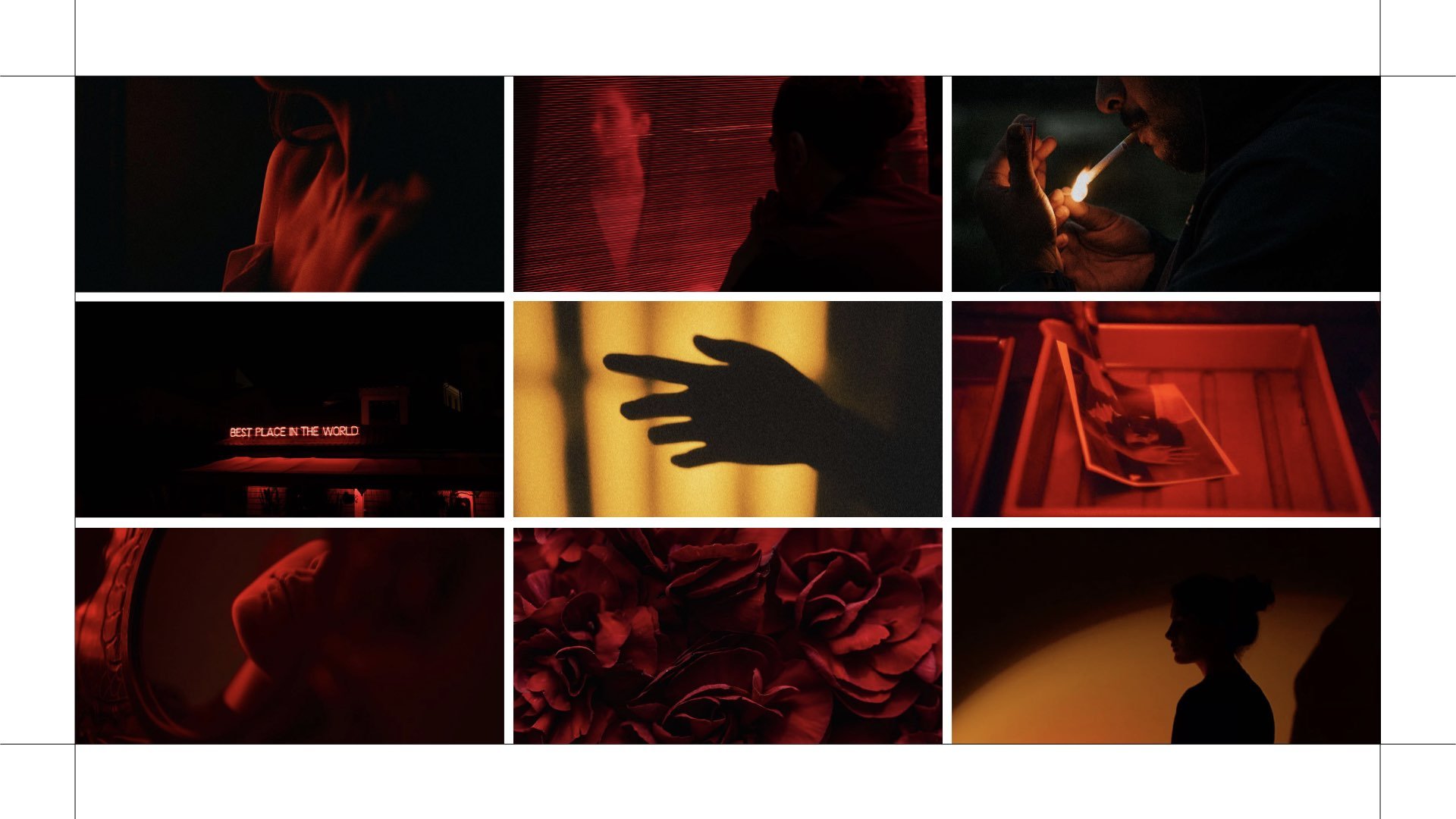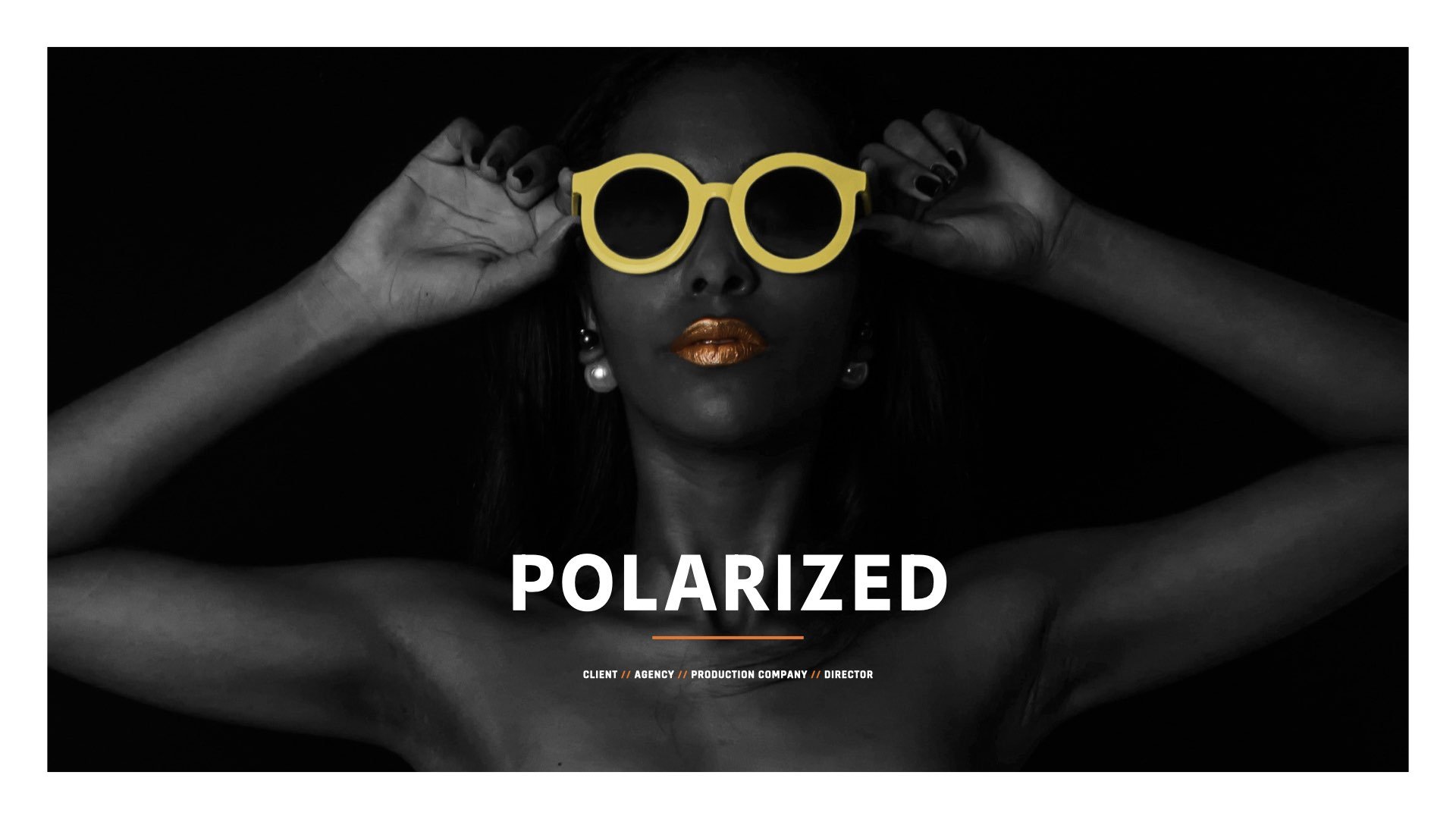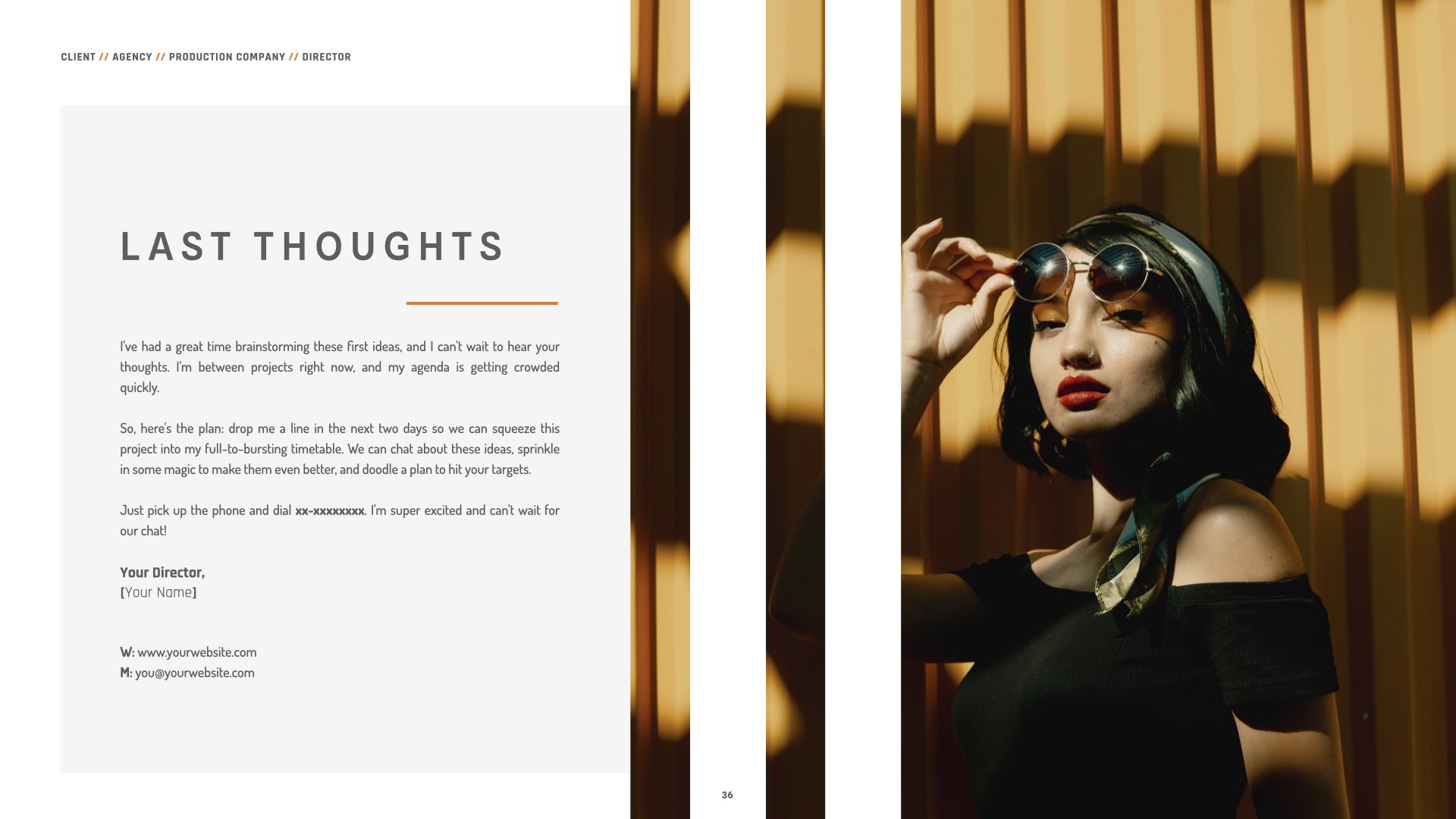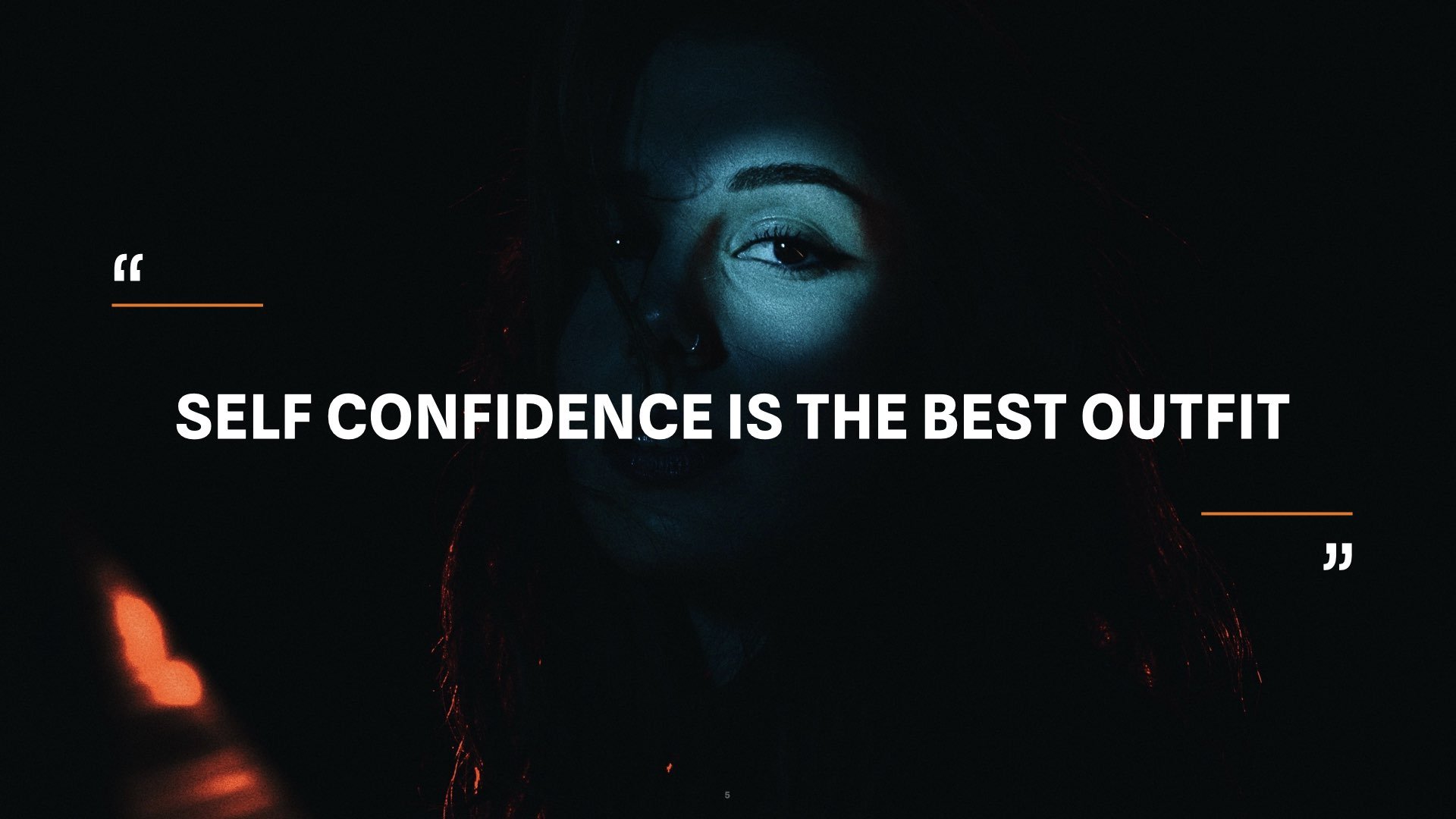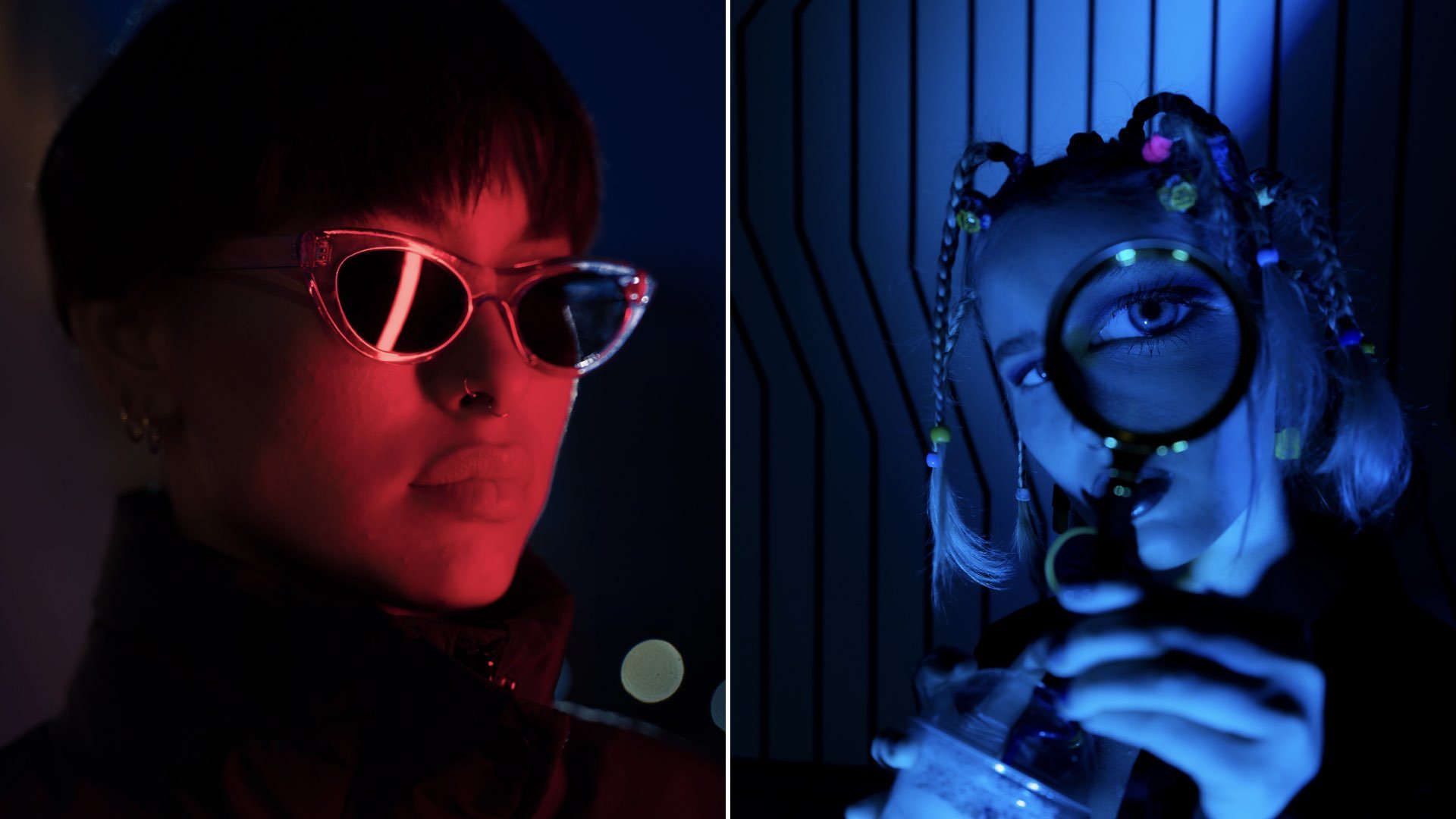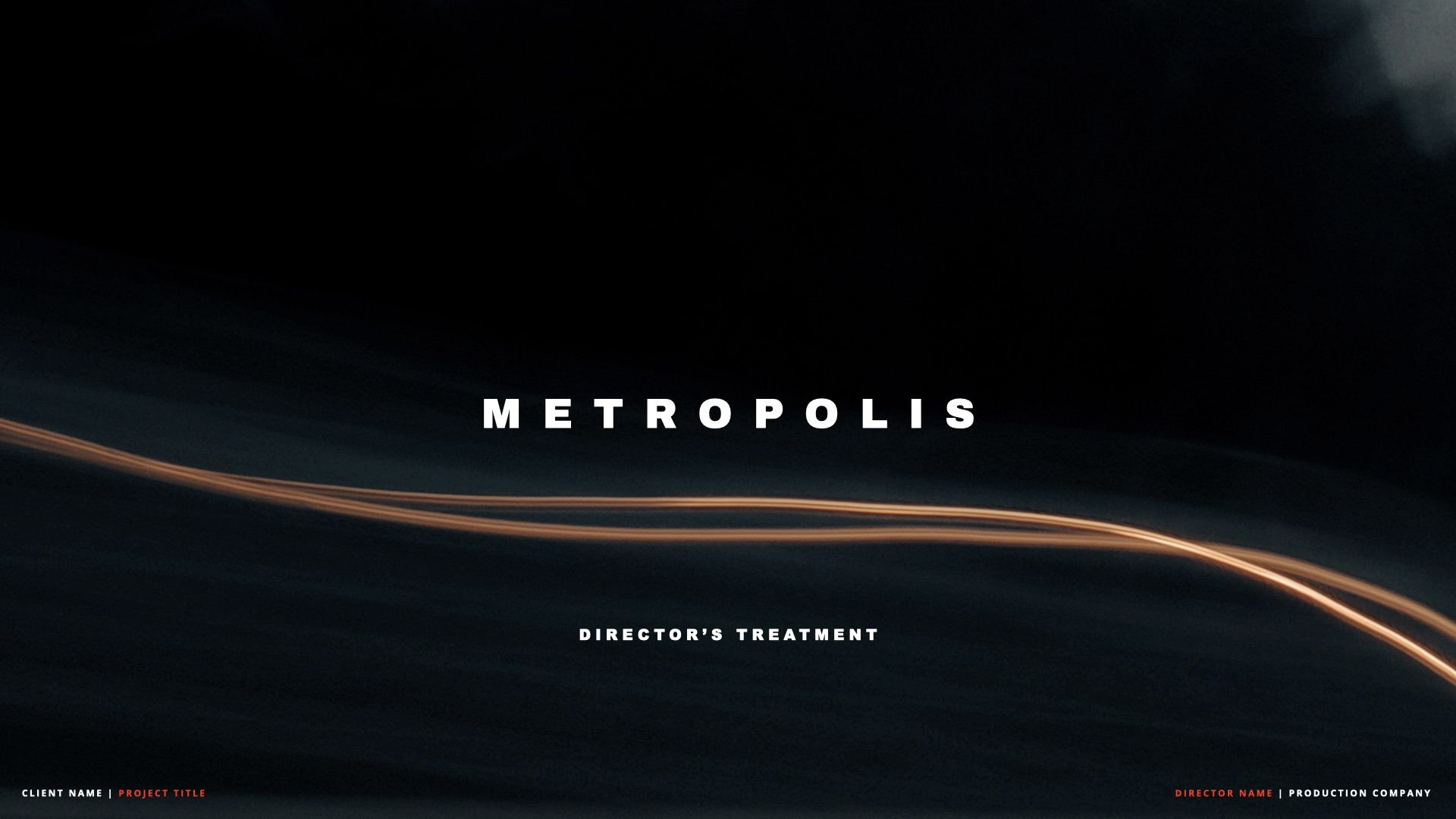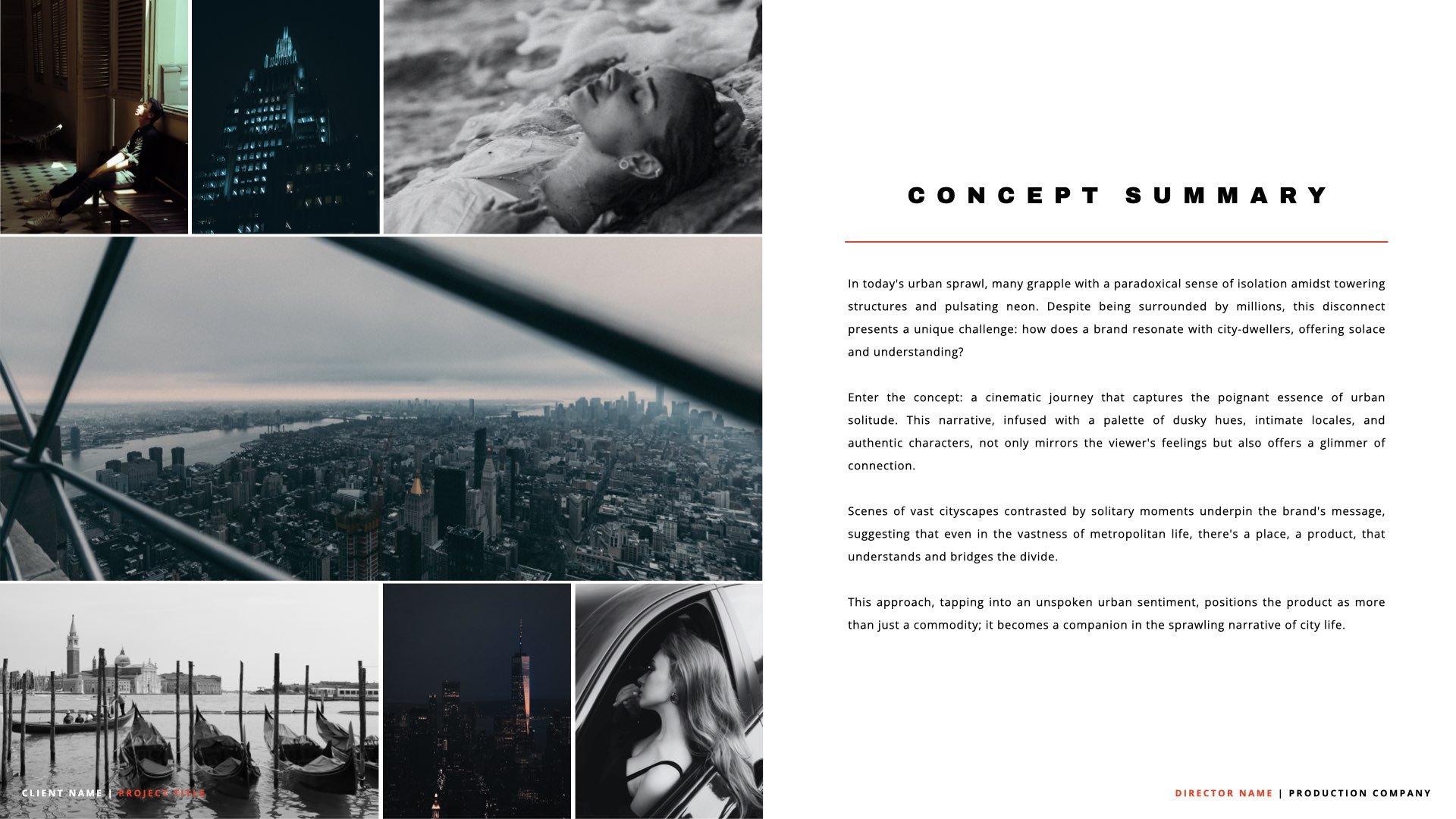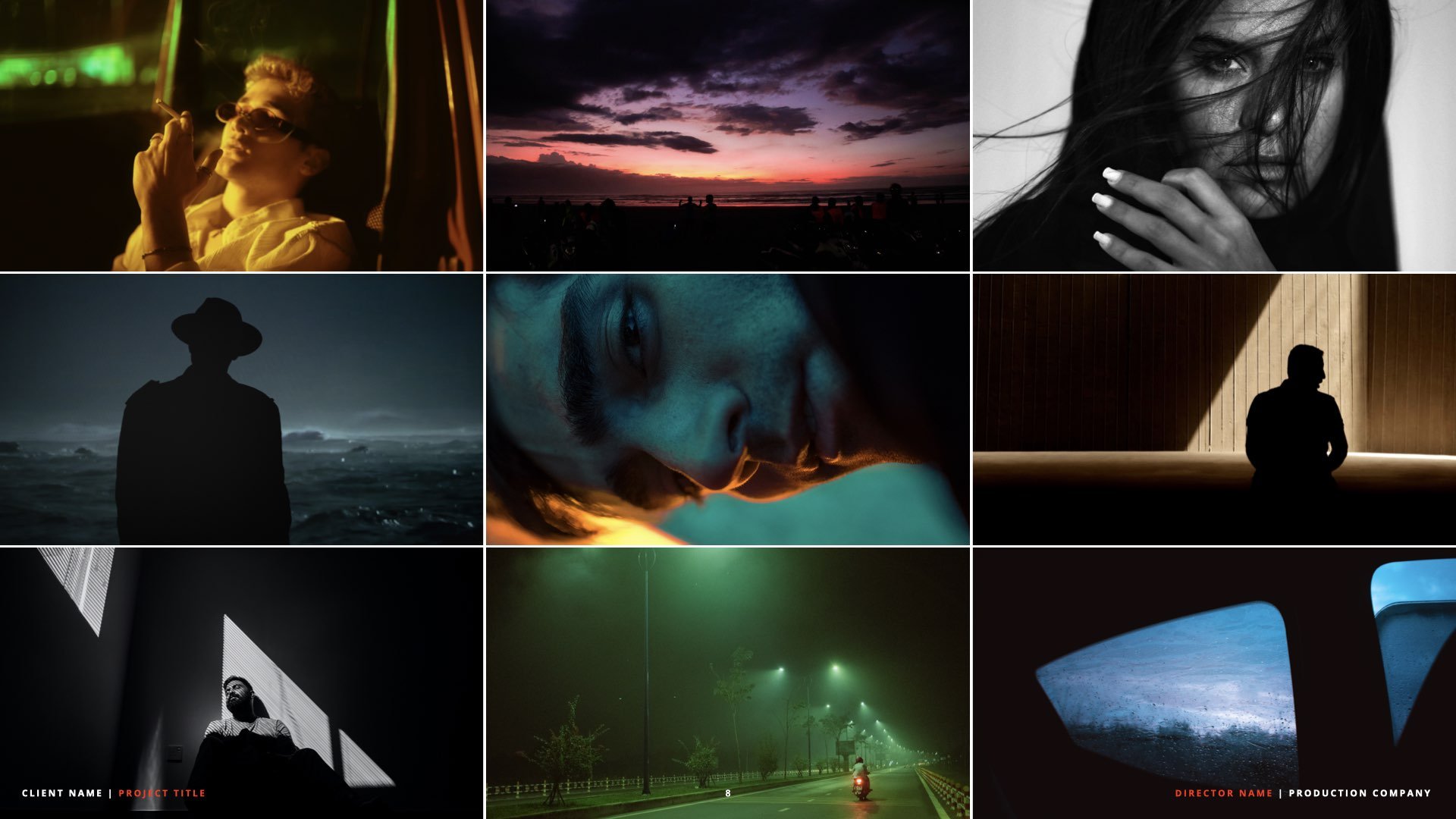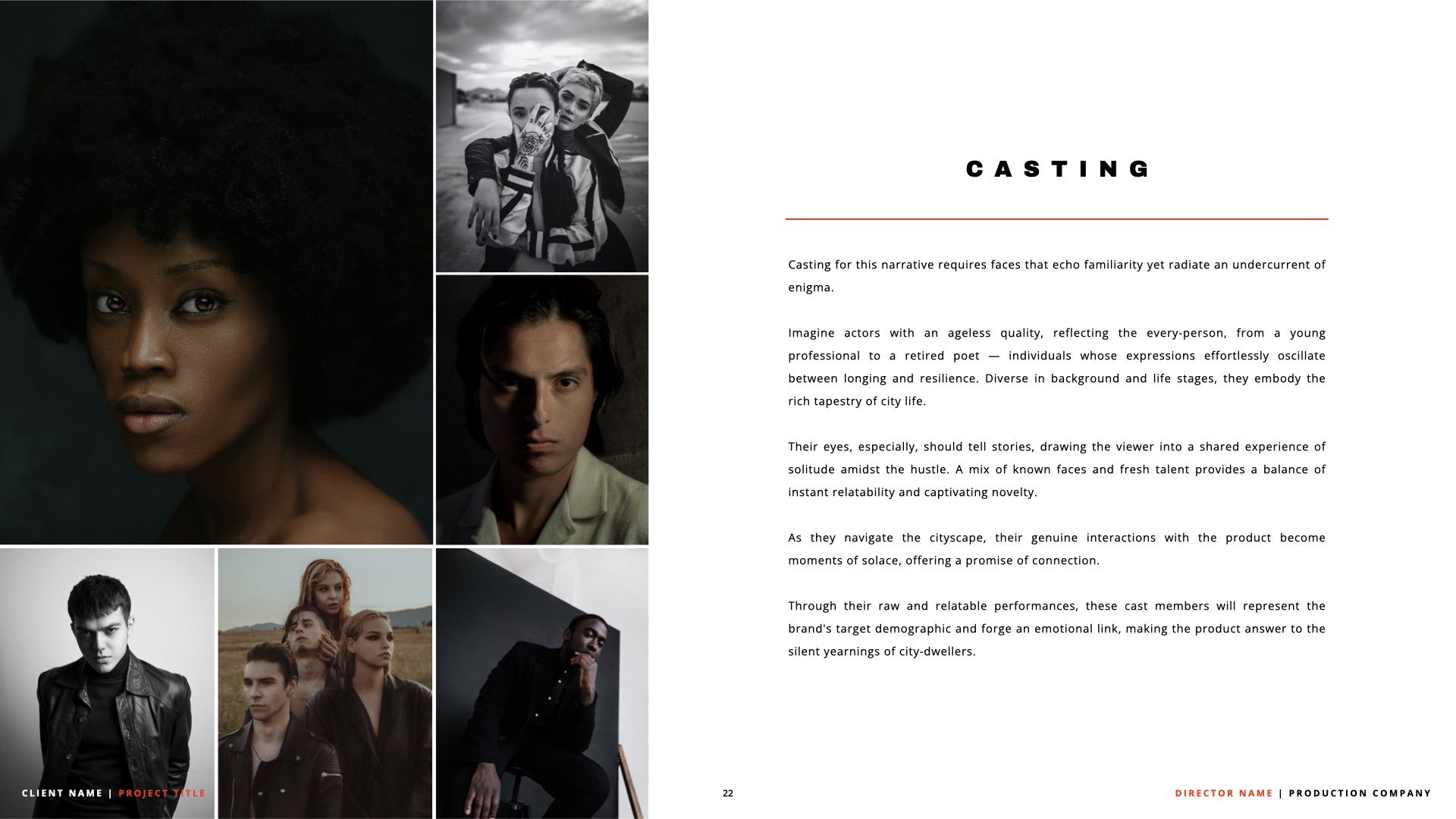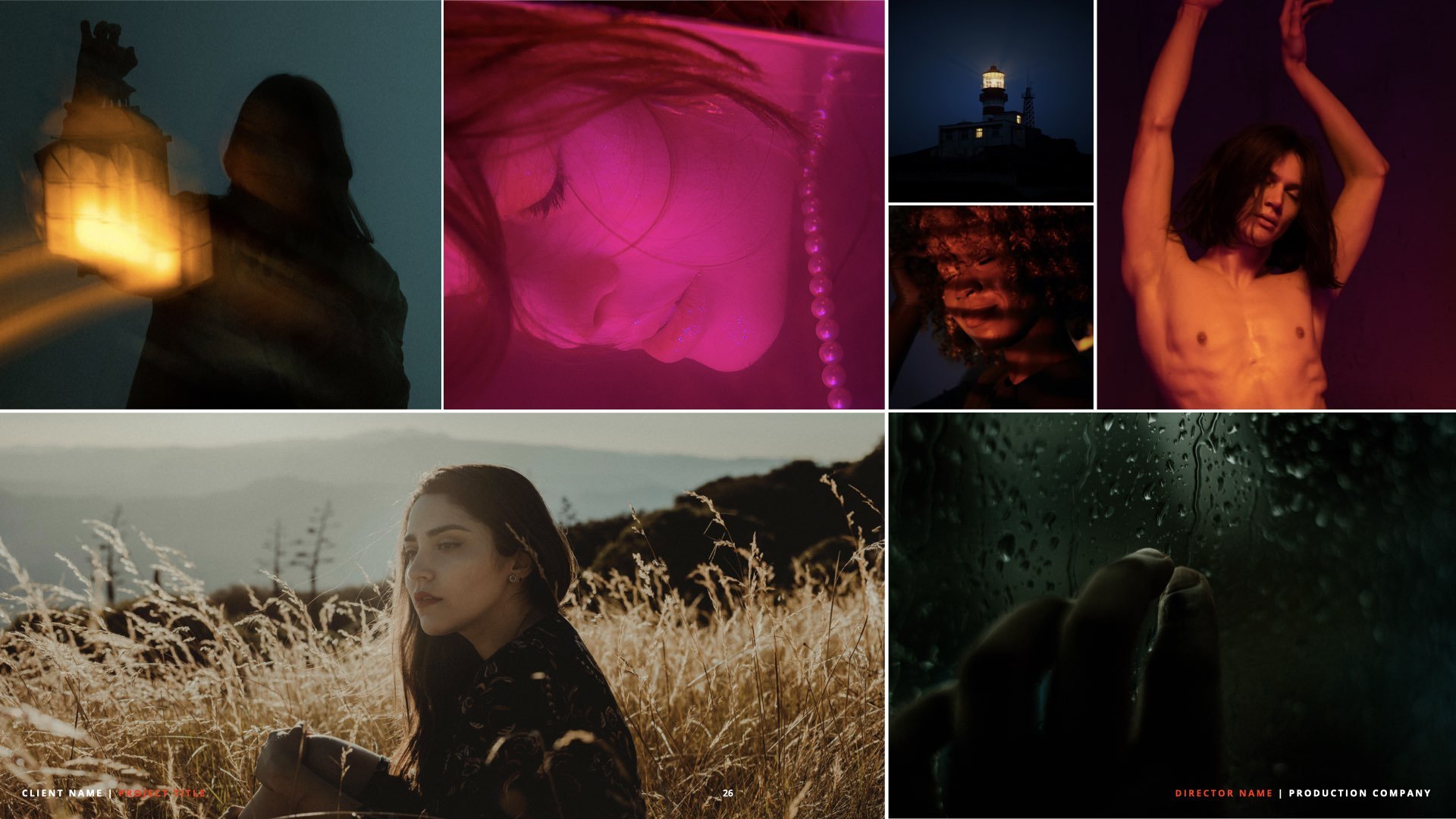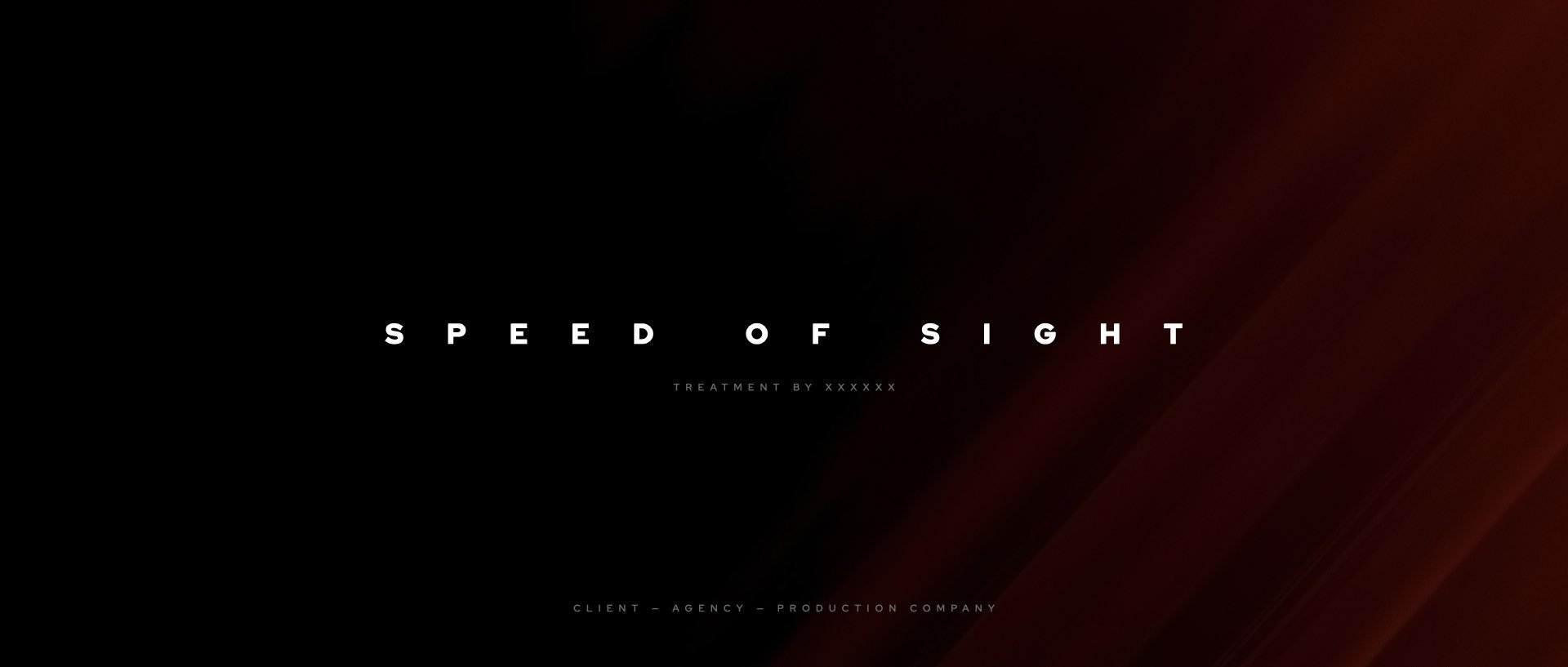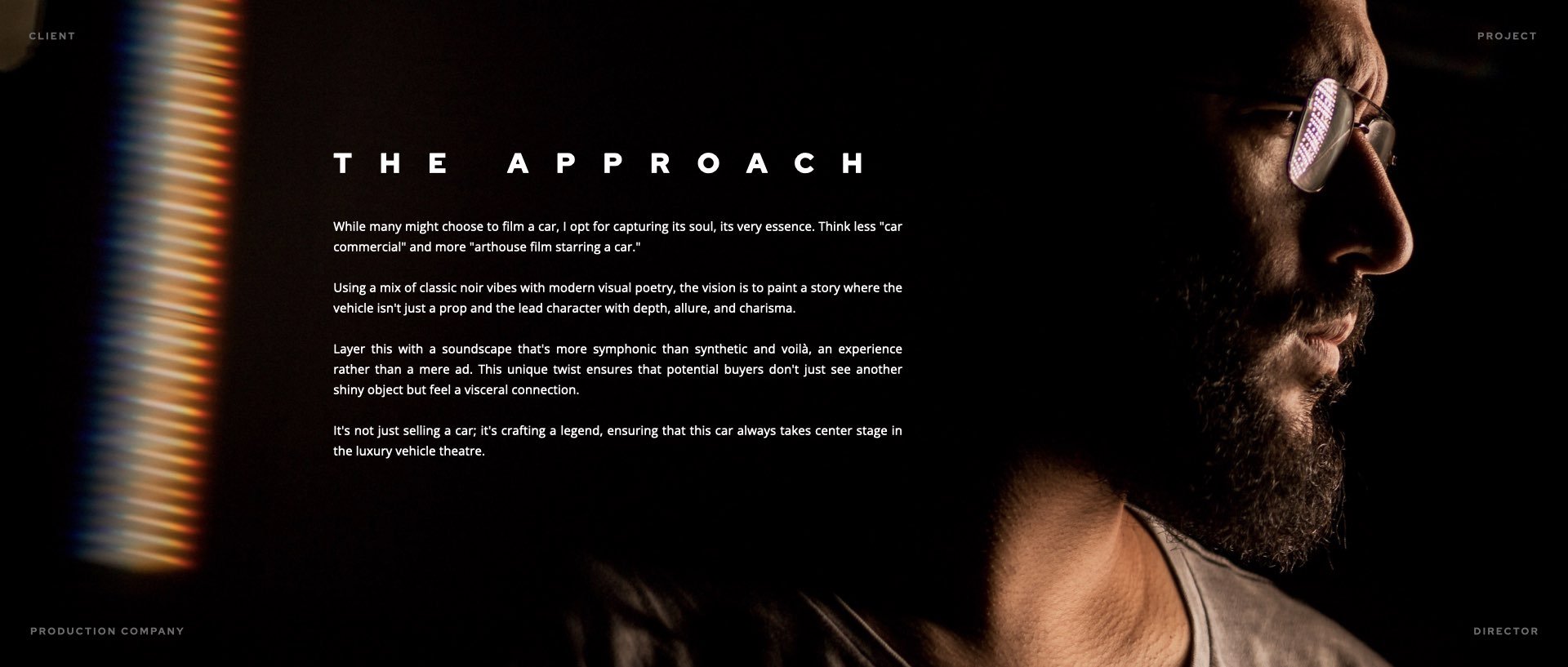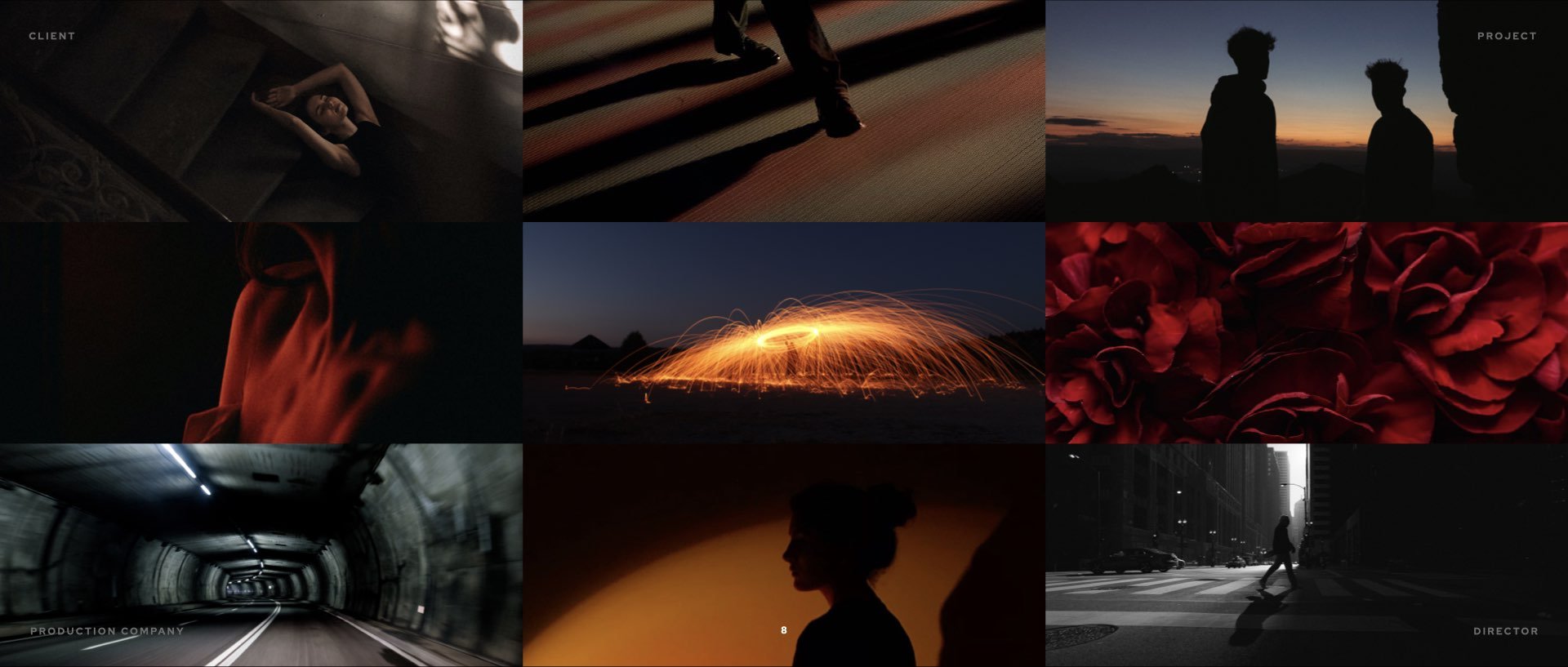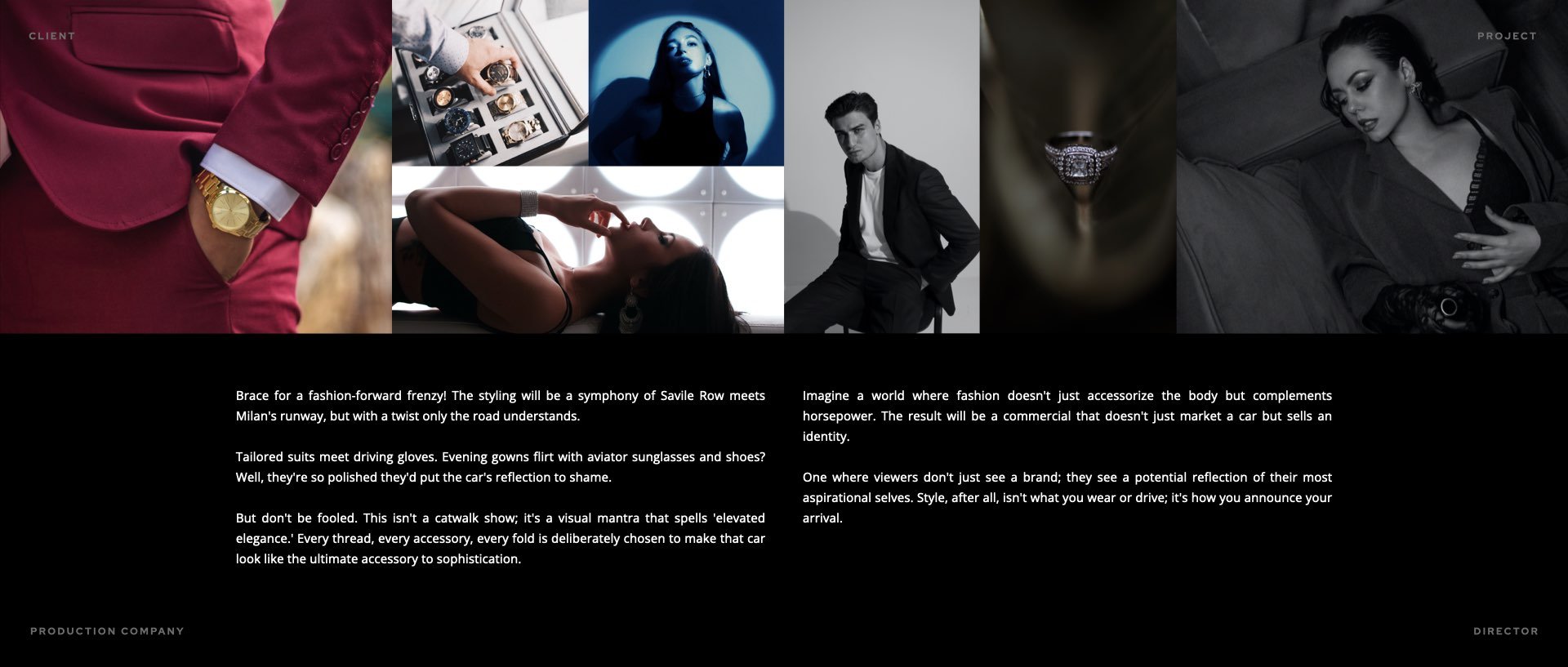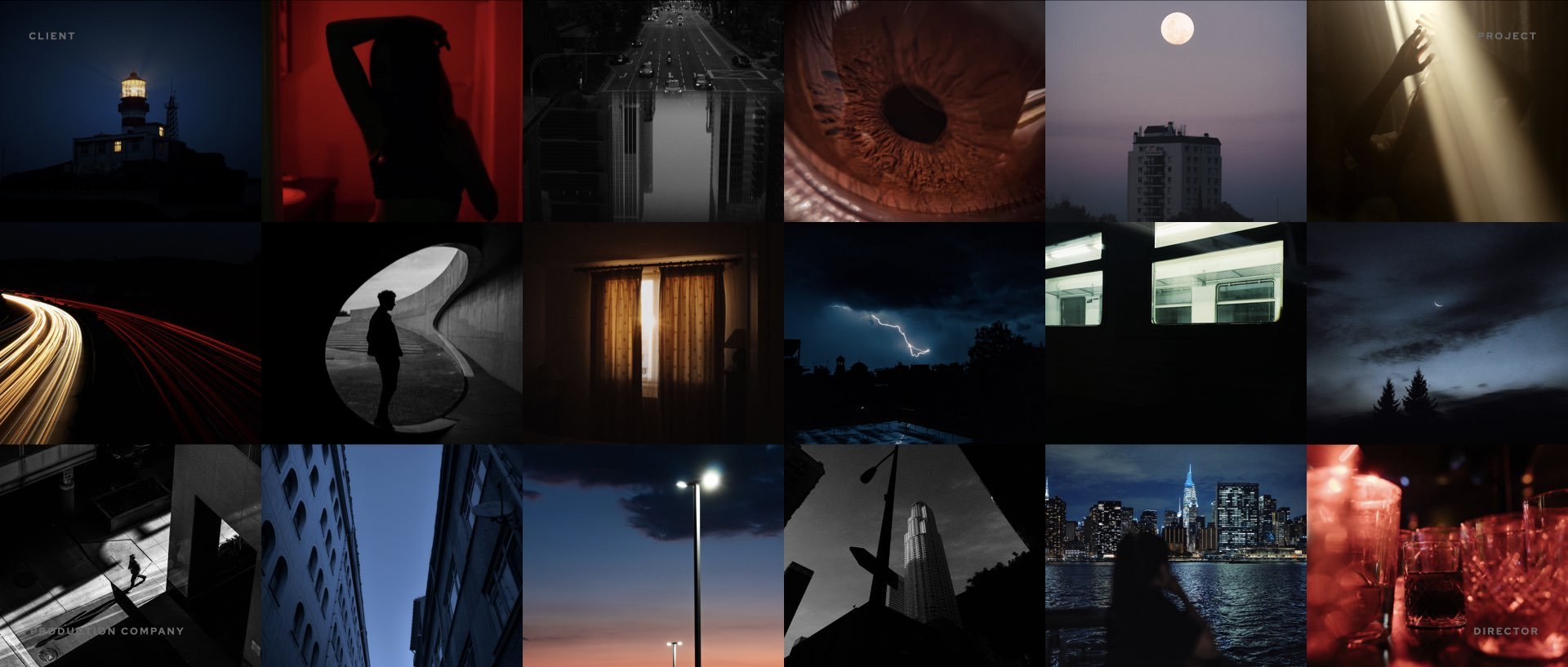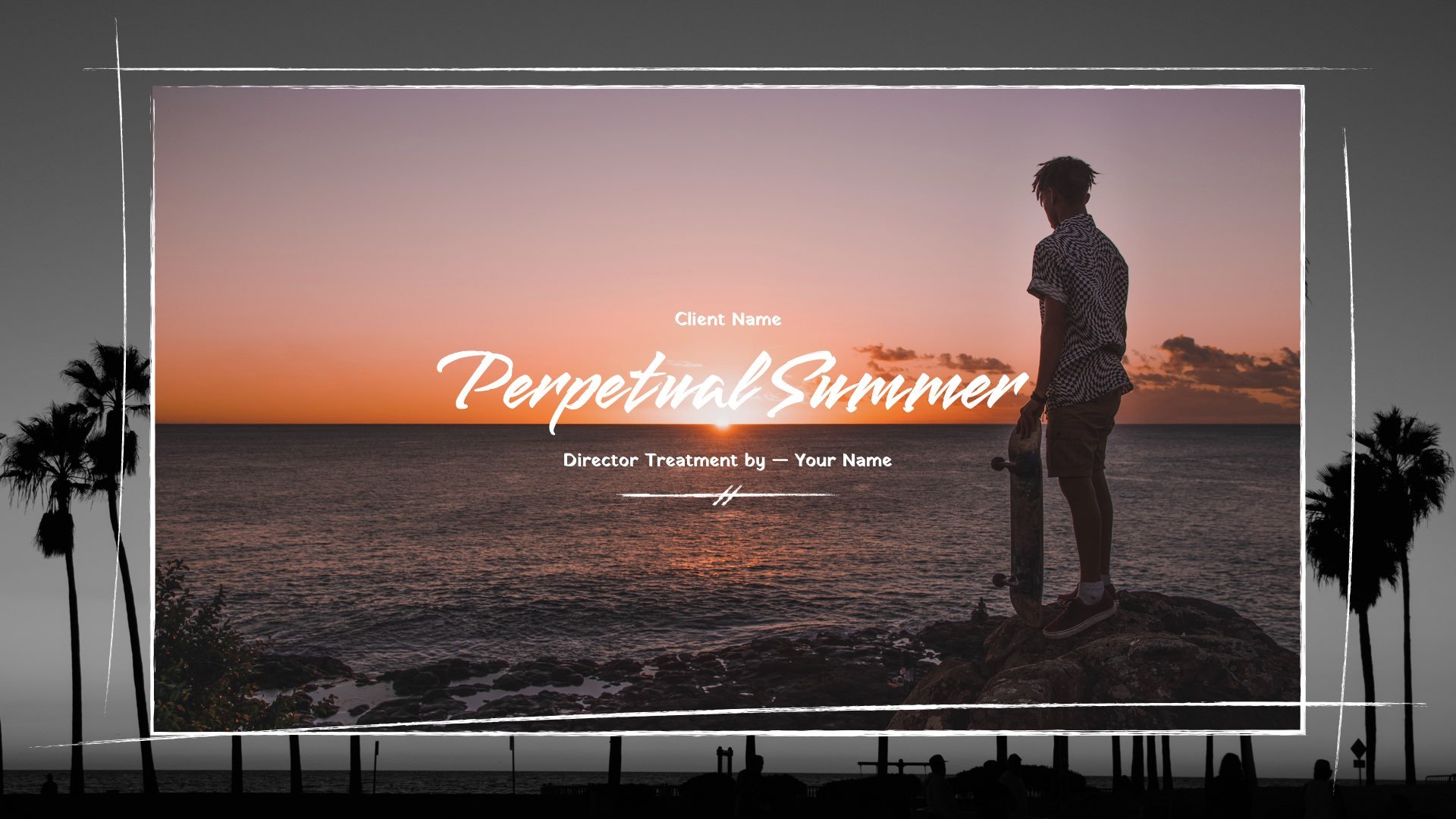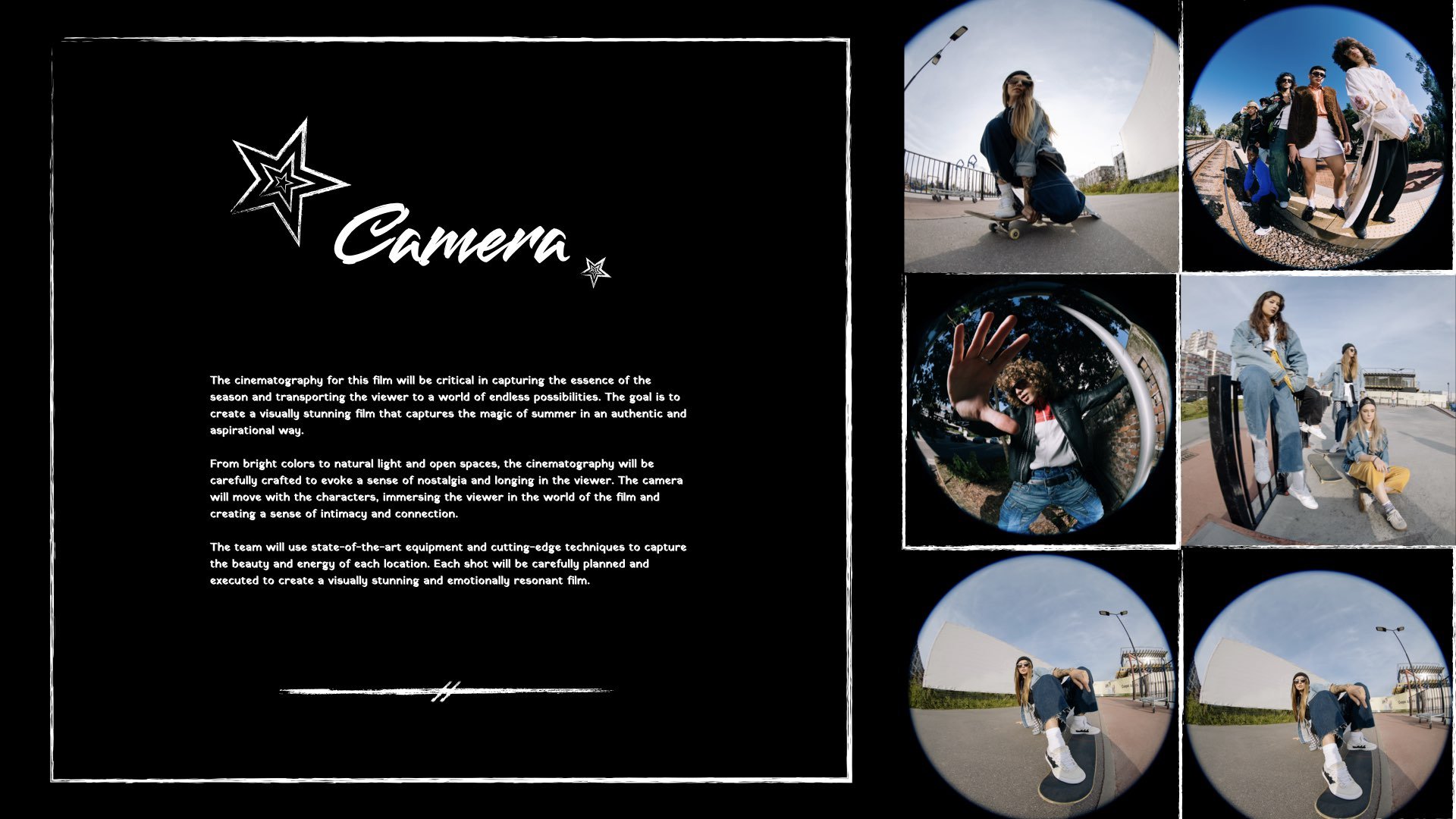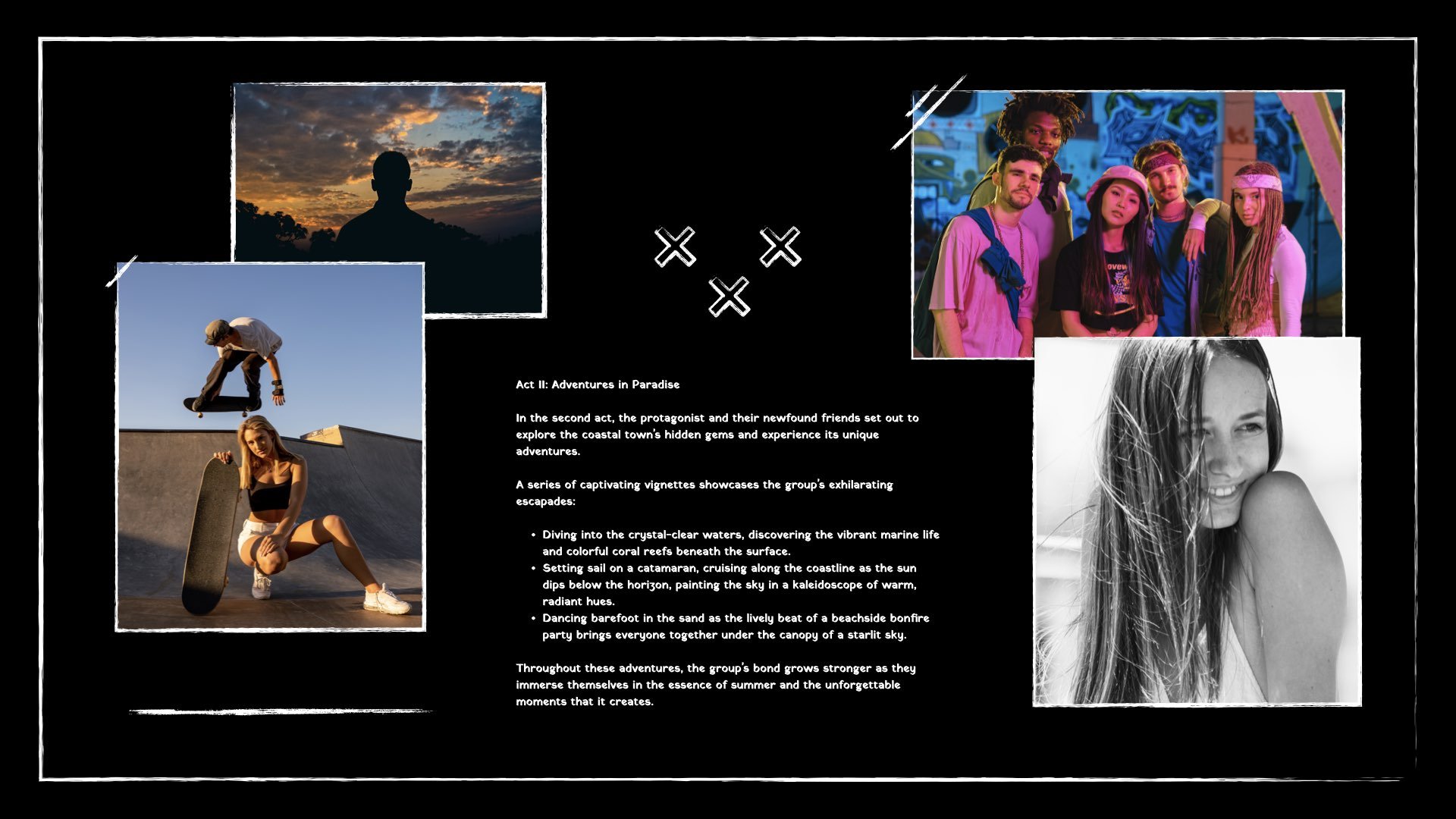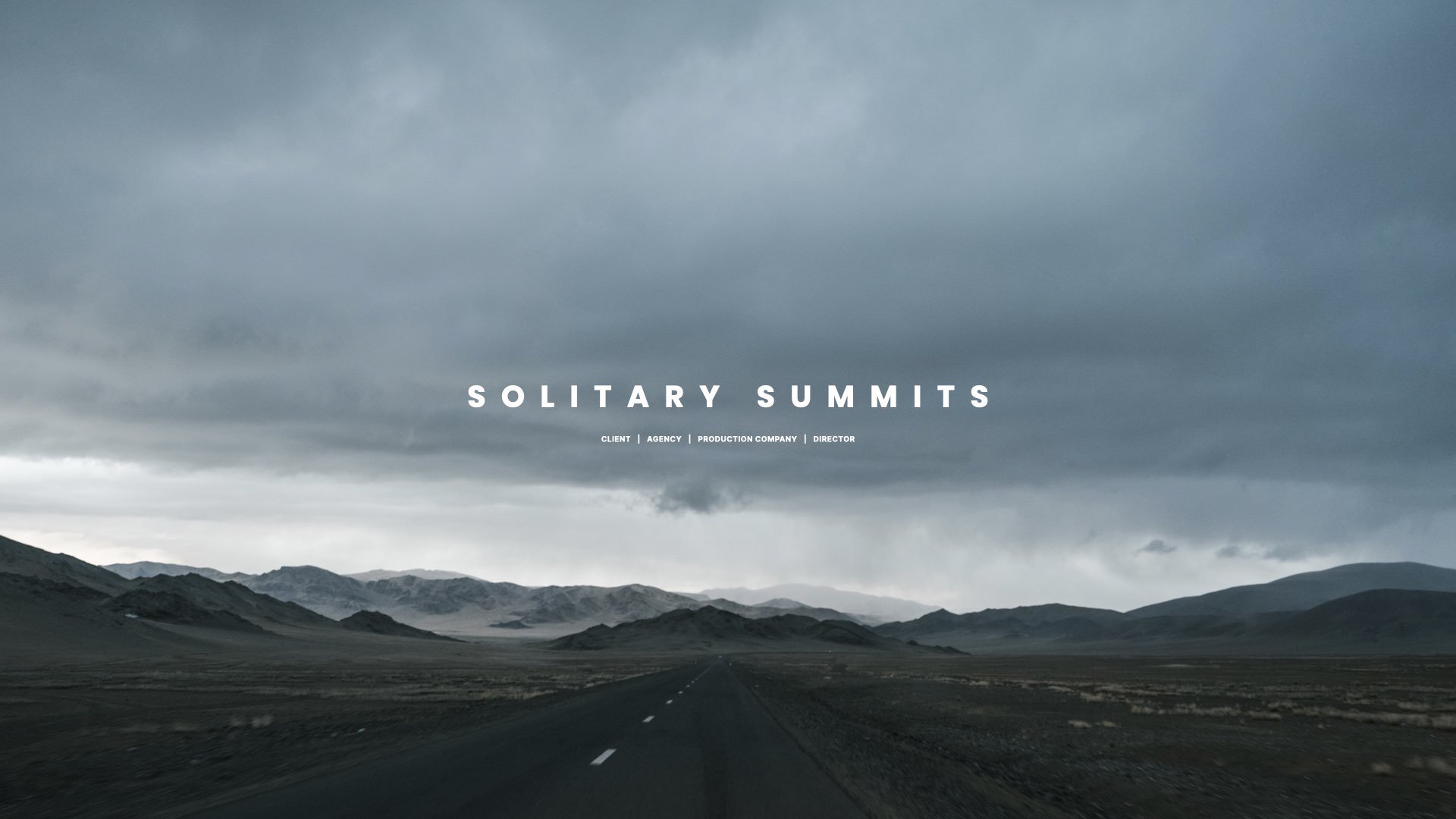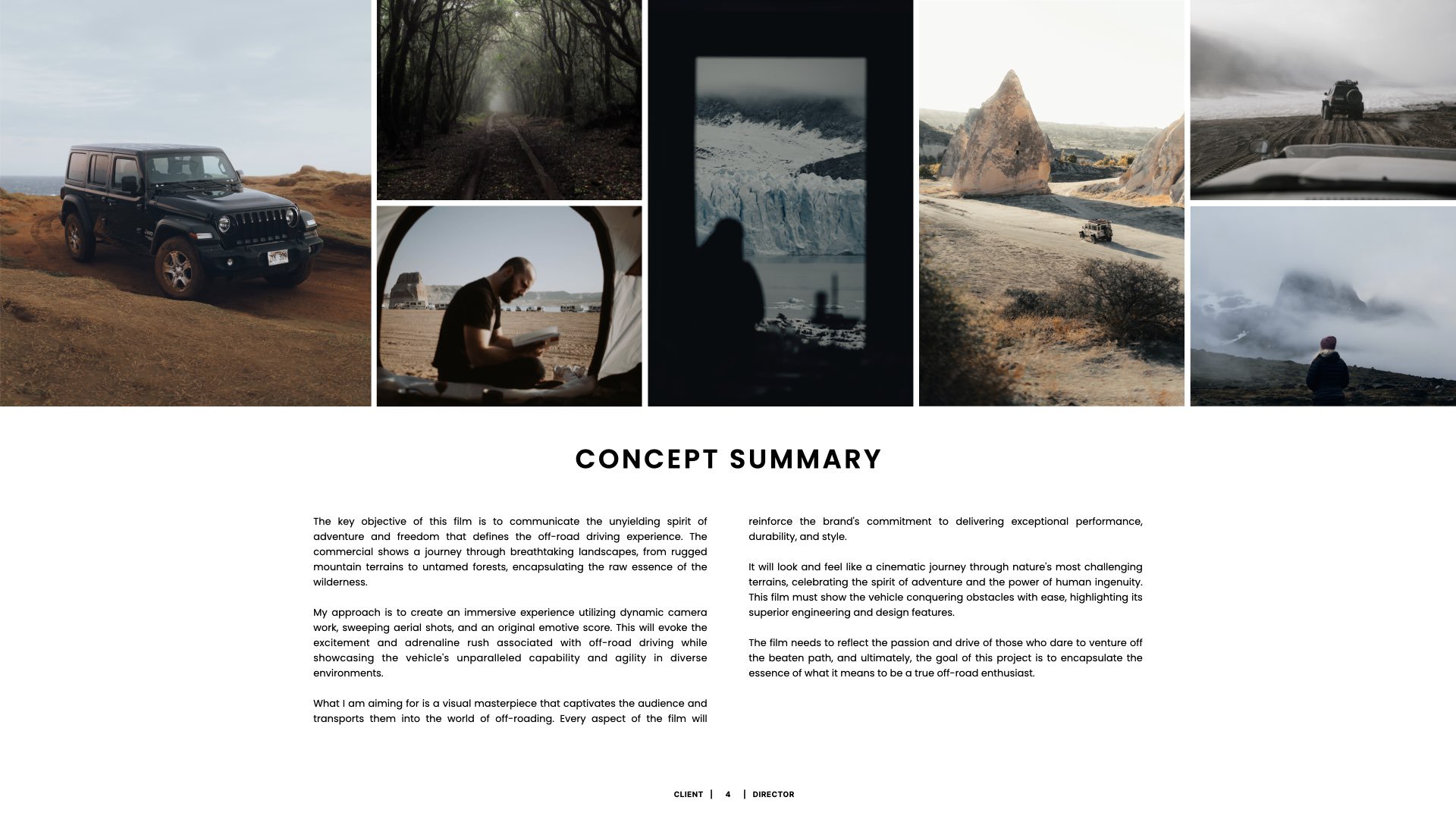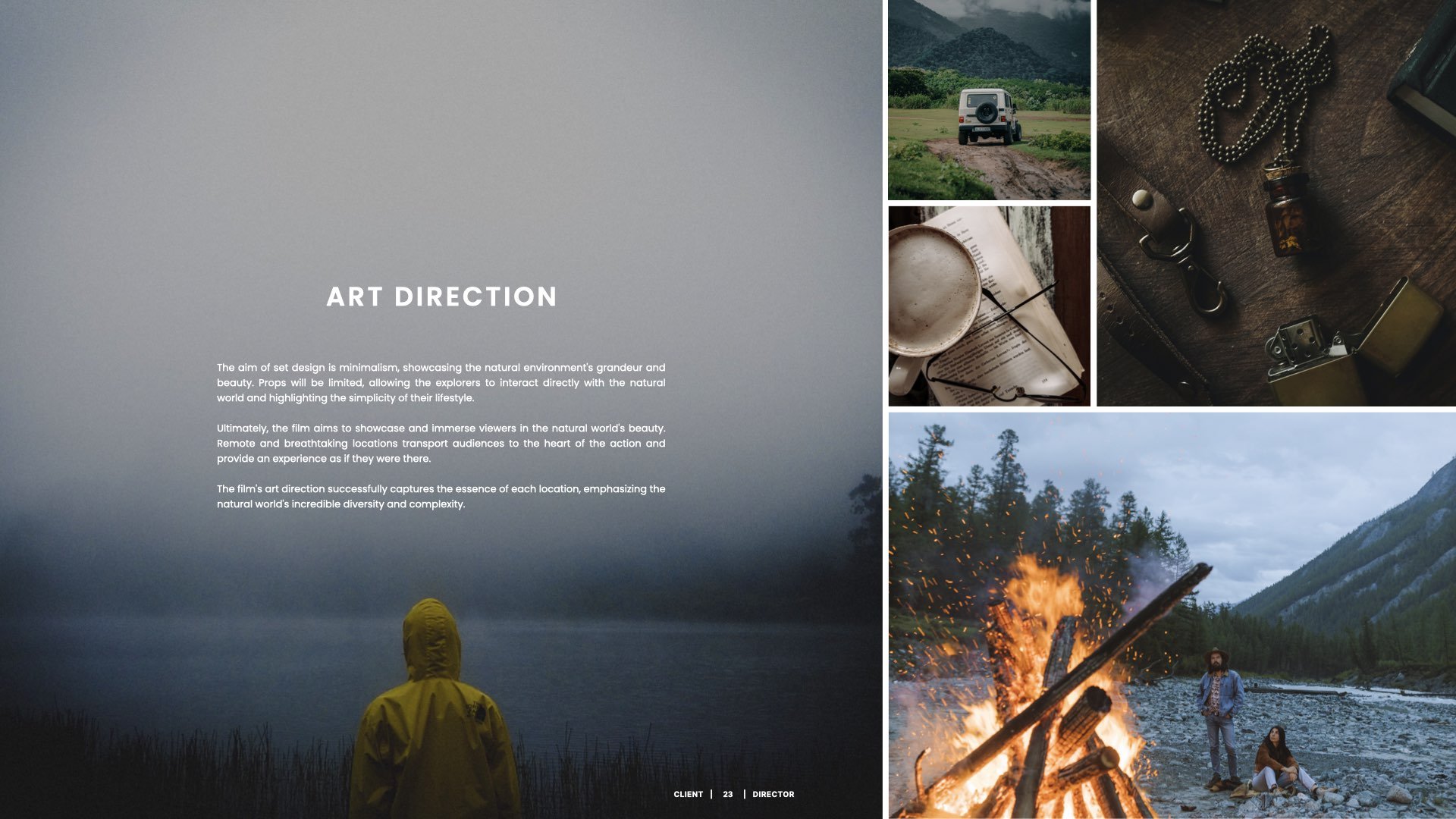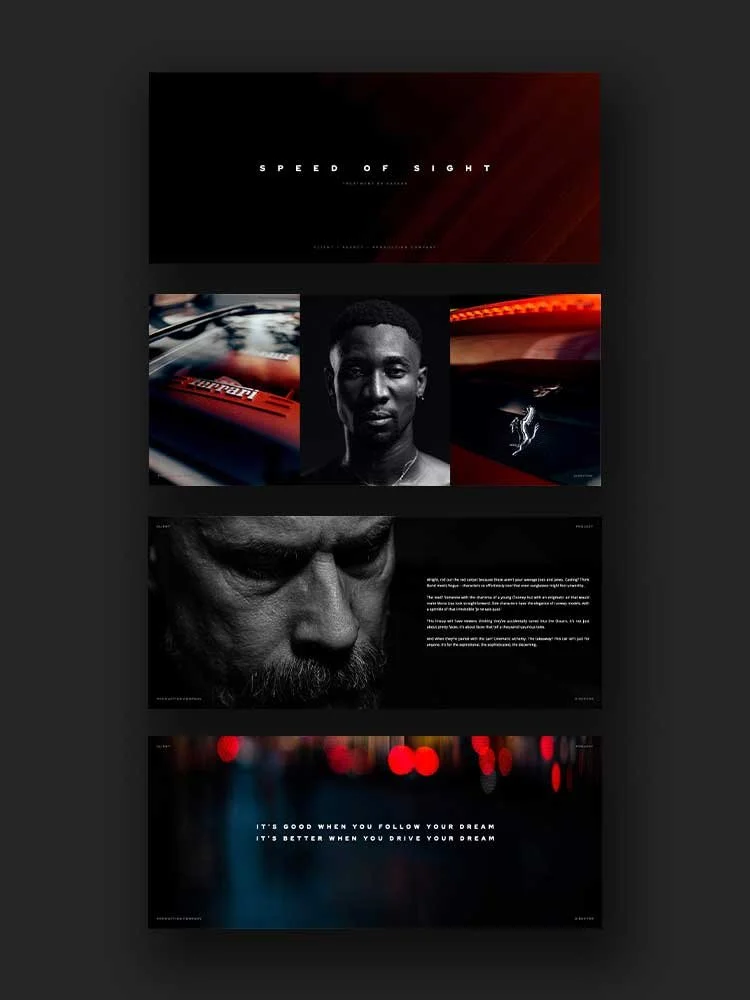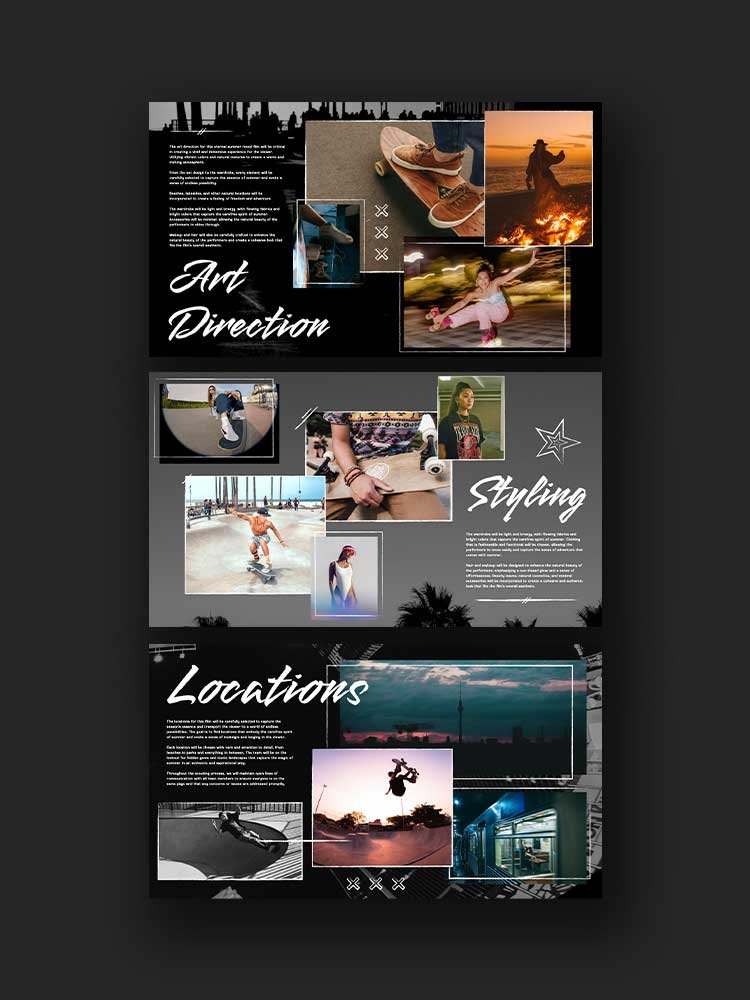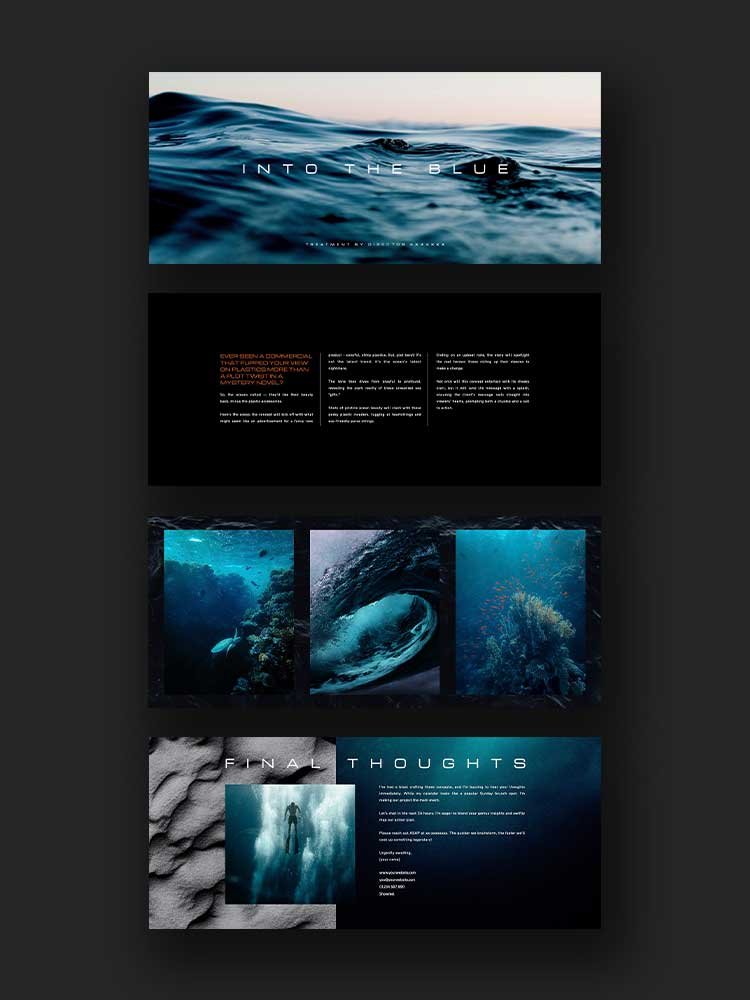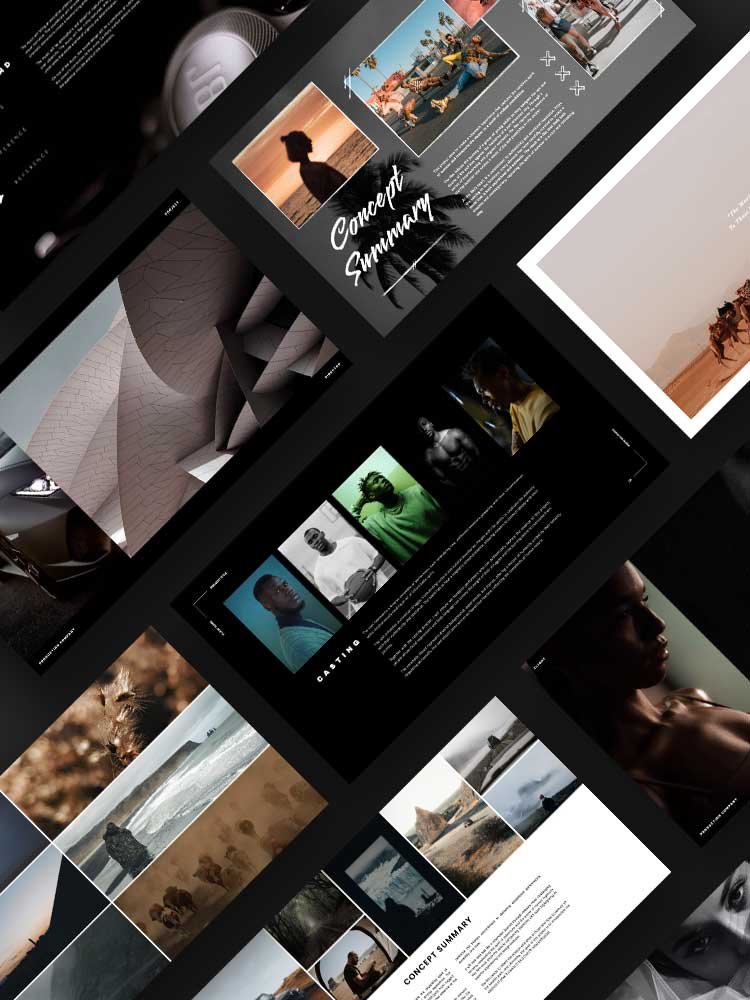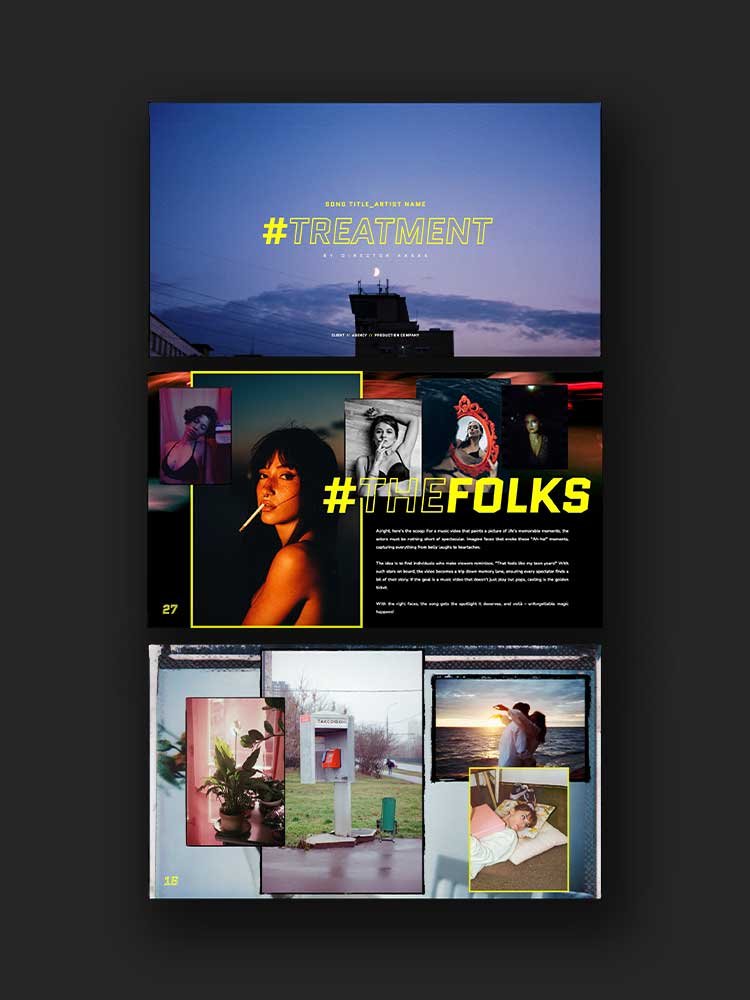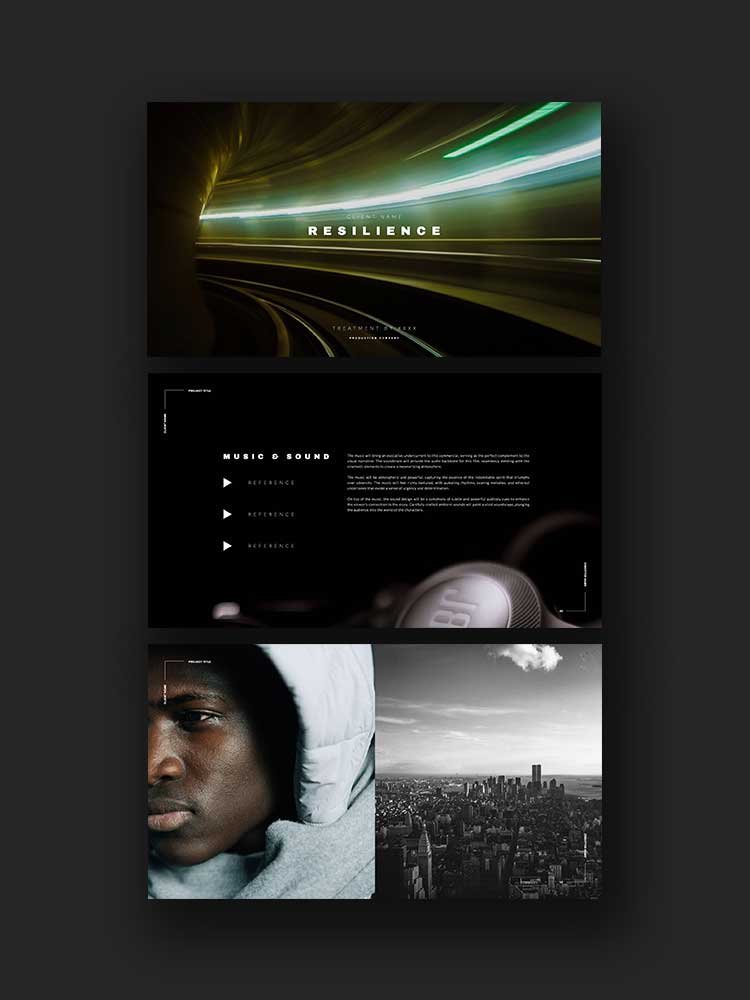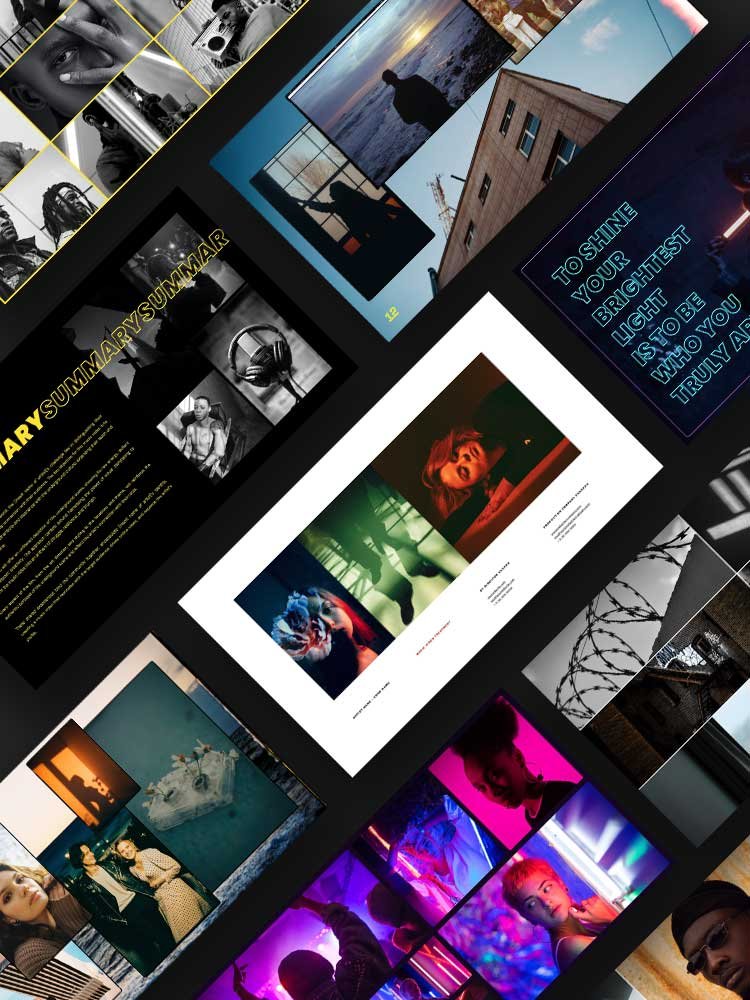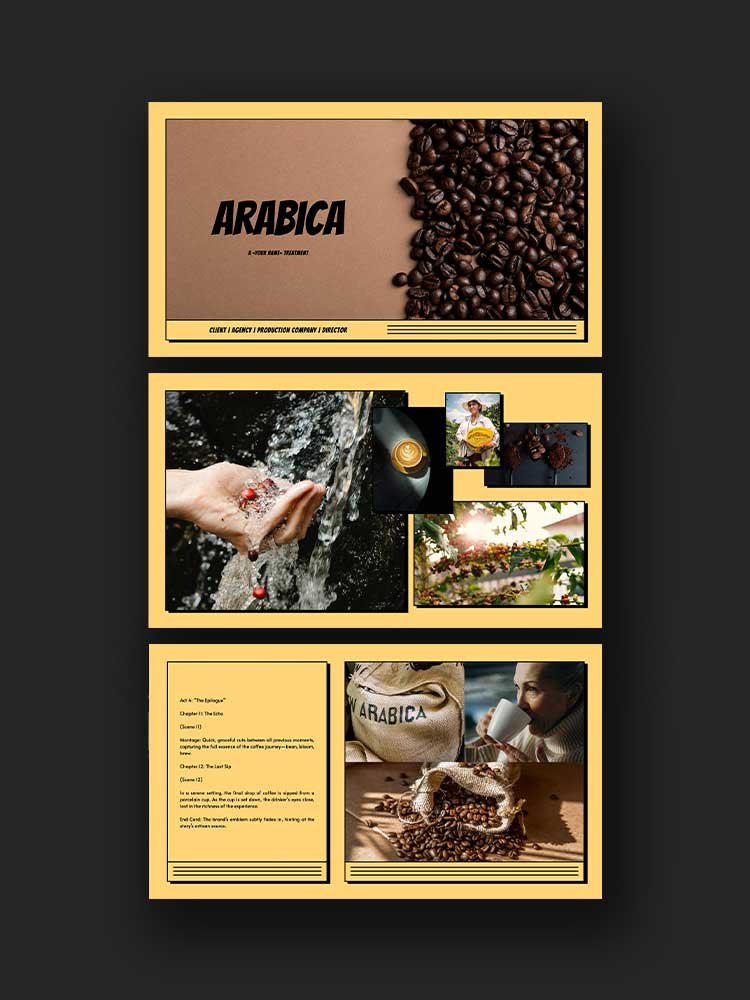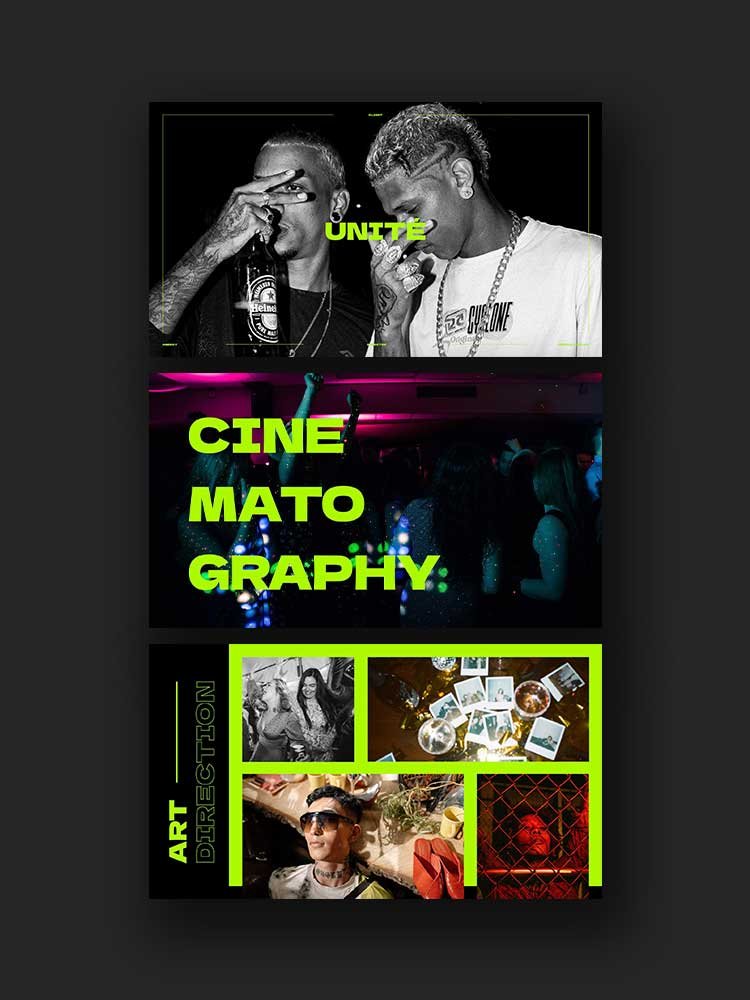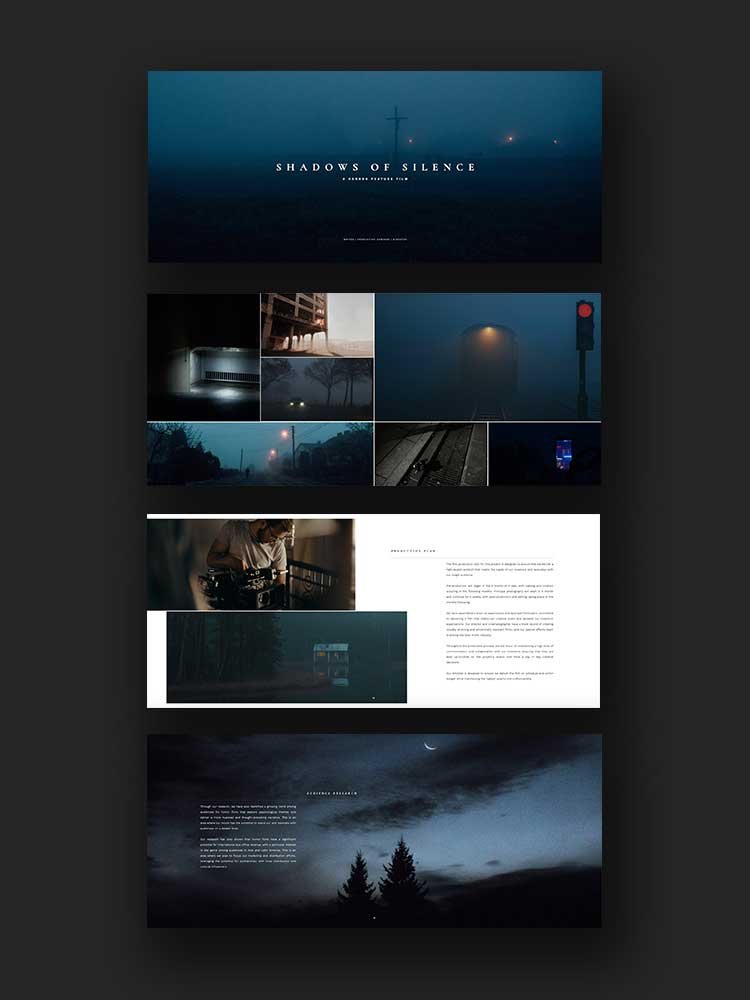9 Video Treatment Examples To Help You Win The Next Pitch
Have you ever stood before a client, bursting with a groundbreaking idea for a music video or film project, only to find yourself struggling to convey the vibrant vision in your mind?
A well-crafted video treatment often bridges the gap between an idea's inception and realization. In this article, I'm sharing 9 video treatment examples to help you capture your creative vision and speak directly to your clients' imaginations.
Whether you're a music video director aiming to pitch to record labels or a filmmaker presenting to production companies, I'm sharing insights on the art of storytelling techniques, the importance of visual references, and how to craft a video treatment template that makes your project stand out.
Get ready to dive into examples that exemplify the best in creative direction, visual style, and narrative storytelling, all designed to help you turn your next video concept into the final product that leaves a lasting impression.
Nine Video Treatment Examples
1 - Resilience
2 - Serendipity
3 - Into the Blue
4 - Red Velvet
5 - Polarised
6 - Metropolis
7 - Speed Of Sight
8 - Perpetual Summer
9 - Solitary Summits
Conclusion
Creating a compelling video treatment is both an art and a science. It blends creative writing with strategic planning to produce a document that sells your vision and guides your project from concept to completion.
By following these guidelines and infusing your treatments with unique insights and vibrant visuals, you can elevate your projects to new heights.
Remember, every great film, music video, or commercial begins with a great treatment.
Happy creating!
Frequently asked questions about video treatments (FAQs)
What is a Video Treatment?
A video treatment is a document that outlines the visual roadmap for a film project, including music videos, short films, or commercials.
It serves as a creative blueprint that captures the upcoming video's concept, visuals, and narrative.
It's an essential tool for directors, writers, and producers to share their vision and get everyone on the same page before production begins.
Why are Video Treatments Important?
Clarifies Vision: Helps the production team, clients, and potential collaborators understand the unique vision and direction of the project.
Saves Time and Money: Acts as a guide during the pre-production phase, ensuring everyone knows what's needed before filming starts.
Sales Tool: Can be used as a pitch to record labels, production companies, and clients to sell the concept and secure funding.
What Should a Music Video Treatment Include?
Summary Page: A short description that clearly shows the overall idea, including the theme, tone, and song interpretation.
Visual References: Mood boards, images, or past video examples that convey the visual style and color palette.
Storyline and Concept: A breakdown of the story beats, key scenes, and any narrative elements or performance aspects.
Creative Direction: Details on the artistic vision, including visual elements, camera angles, and editing style.
Production Details: Information on locations, characters, costumes, and any special effects or choreography.
Contact Details: Always include your name, role (e.g., director, writer), and contact information for follow-up.
How Do I Write an Engaging Video Treatment?
Start with a Bang: Capture attention from the first line with an elevator pitch or compelling introduction.
Use Visual Language: Describe scenes and visuals in a vibrant, eye-catching way that makes readers visualize the final video.
Be Concise but Detailed: Provide enough detail to paint a clear vision without overwhelming with flowery language.
Incorporate Visuals: Use mood boards, visual references, and storyboards to enhance understanding and interest.
Keep It Organized: Use headings, bullet points, and short paragraphs to make the treatment easy to read and navigate.
Can I Use a Template for My Video Treatment?
Yes, using a video treatment template can be a great starting point, especially for those new to writing treatments.
Templates provide a structured format to follow, ensuring you include all the key elements. However, treatments should be fully customizable to fit each project's unique voice and creative vision.
Don't be afraid to adapt the template to showcase your ideas and visual style better.
Are There Any Hard and Fast Rules for Writing Treatments?
While there are guidelines and best practices, there are no absolute rules. The key is to create a document that is visually appealing, clear, and concise.
This document should effectively convey your vision and persuade others of its commercial potential and creative merit. Flexibility and creativity are your allies in crafting a standout treatment.
How Can Video Treatments Evolve with the Project?
A treatment is a living document that can evolve. As you move through pre-production and start filming, your vision might adapt based on client input, budget constraints, or creative discoveries.
It's important to update the treatment to reflect these changes, ensuring that the production team and clients remain aligned on the project's direction.

